Thinking of visiting the Bac Ha market near Sapa, Vietnam?
Here’s a comprehensive guide to the Bac Ha Sunday Market, one of the biggest and most colorful markets in the region.
Featuring a vibrant array of colorful textile products and bustling scenes, the Bac Ha Market brings together various ethnic groups from Lao Cai Province. Experience the market as it comes alive with bright colors, sounds, and scents, creating a unique and memorable visit.
Find out everything you need to know before visiting the Bac Ha Market in this guide, such as what to expect and see, where to stay, the best time to visit, and how to get there. Additionally, we also shared our first hand experience of visiting the market.


.jpg)
Bac Ha Market Overview
Located in the mountains of Lao Cai, Bac Ha Market is one of Vietnam's most famous markets. Every Sunday, locals from different ethnic minorities flock to the market featuring an abundance of products from traditional handicrafts to local produce.
The market is located in Bac Ha District, Lao Cai Province, a 2 hour drive from Sapa. The market is at its busiest from 5am to 10am. So if you’re visiting from Sapa, make sure to leave early!
.webp)
Exploring Bac Ha Market | What to Expect
The market consists of many different sections, below we’ve mentioned the main parts of the Bac Ha Sunday market. We cannot claim to have seen everything in the market since it is quite big, but we are confident that we have discovered the majority of it.
We recommend discovering all the areas slowly to fully immerse yourself in the lively atmosphere and unique features of the Bac Ha market.
.webp)
Textiles
Bac Ha market is well-known for its textiles, which is why it is one of Vietnam's most colorful markets.
There are many areas where you can find textiles all throughout the market. However, the primary textile area lies at the southern end of the market, in front of the food court.
.webp)
Here, you will find a labyrinth of vendors set up under tarps, selling everything from traditional clothes and accessories to different kinds of brocade products that reflect the rich cultural heritage of the region.
.webp)
Aside from the vibrant colors and elaborate patterns, this area is frequented by women from various ethnic minorities shopping and browsing the various textiles. As you walk through the maze-like sections, take in the cheerful atmosphere created by the mingled sounds of bartering and giggling.
.webp)
There’s also a line of vendors next to the food court, though it’s not as big as the main textile area. You can also find a toilet around this area, which you can use for a small fee.
.webp)
Livestock
The animal market is located next to the Na Cồ bridge, a short walk from the main sections of the market.
The first thing you'll see when you arrive at the bridge are chicken cages. There is lots of activity in the area, even early in the morning, with buyers meticulously selecting chickens and sellers carefully weighing them. Aside from that, motorbikes loaded with cages are driving in and out of the area.
.webp)
During our visit, chicken was sold for around 150,000 VND (6 USD) per kilo. The black chickens were the most popular because it is a mountain chicken and therefore considered better.
Apart from the chickens, you’ll also find other animals such as goats, ducks, pigs, and dogs. Additionally, plenty of bamboo cages are for sale in the area.
.webp)
An interesting thing we discovered was that the Bac Ha dog is a popular breed in the area. The dogs have smaller tails, and according to locals, they are believed to be smarter than other breeds in the area. So they are more expensive, starting at 600,000 VND (25 USD).
Additionally, we found that the largest pig we saw, weighing over 100 kilograms and cared for for three years, was priced at 8 million VND (325 USD).
.webp)
Fresh Produce
While Bac Ha is well-known for its textiles, the majority of the market is dedicated to fresh produce. The streets leading to the main market are all lined with locals from ethnic minorities selling a wide variety of fruits and vegetables displayed on the ground.
.webp)
Bac Ha Market has an open square in the middle that is dedicated to selling the main fresh produce. It borders the souvenir stalls and the food court, where you will see rows and rows of produce displayed on the ground.
We observed a variety of root crops in various sizes and forms, some of which we didn't even recognize.
.webp)
Souvenirs
Bac Ha Market is recognized for its blue and orange tarps, but it also includes some solid structures, one of which holds the souvenir section.
The shops sell a wide range of souvenirs with distinctive ethnic designs, including fabrics, toys, and other accessories. Some are handmade, while others are made in factories, and it is often difficult to tell which is which. A local guide can be handy in this situation because they know what to look for.
.webp)
If you want to buy some souvenirs with ethnic designs, we recommend buying them in Bac Ha because we found the same items in Hoi An stores at a much higher markup!
.webp)
Wet Market
The wet section in Bac Ha bustles like no other place in the market. There are stalls selling seafood and meat, such as pork, chicken, and beef, just like at a traditional wet market.
Like the souvenir area, the wet market is housed in a permanent structure with stalls spilling into the streets.
There's nothing quite like walking through the wet market. As you navigate the wet ground, you take cautious steps to avoid stepping into puddles. The area is alive with sounds, ranging from bartering to chopping on the board. The market showcases hanging slices of meat, and the strong scent may be overwhelming for some people.
.webp)
Food Court
The food court is a large one-story structure with two main sections: one selling Pho and the other serving Thang Co.
.webp)
Pho is a classic Vietnamese dish made with broth, rice noodles, and meat of your choice. It's available across Vietnam, but in Bac Ha, it's prepared with pink noodles and mountain chicken. The soup has a sweet taste to it, and the mountain chicken is tender and served with dark skin.
.webp)
Thang Co, on the other hand, is a signature dish of the Bac Ha Market. It’s a soup that contains internal organs from a horse or buffalo. A bowl of Thang Co in the market costs roughly 100,000 VND (4 USD).
.webp)
Our Experience
We were on a motorbike trip when we visited the Bac Ha Market in January, just before the Chinese New Year (Tet Holiday). The chilly weather, combined with an overcast sky, created a gloomy atmosphere.
.webp)
As we strolled through the market on Saturday afternoon, the food court was bustling with activity, accompanied by the sights of vendors setting up their stalls along the streets. As night fell, groups of minority teens filled the streets, joyfully busking and dancing in their colorful traditional attire.
The Saturday night events at the market are typically lively and festive. However, the rainy weather that evening led to a smaller turnout than usual, quite contrasting with the market's usual vibrant energy.
On Sunday, we went to the market at 5:30am. It was still dark and people were setting up their fresh produce on tarps, as the ground was muddy due the rain earlier that night.
.webp)
Although it was still early, the market was bustling with people rushing to set up their stands. Bikes passed by carrying loads of products, and people were bundled up for the cold weather, waiting for the first customers to come.
We walked around and headed first to the livestock market near the bridge. Bac Ha is also known for its cattle market, but the area was closed during our visit. However, the livestock section was packed with people trying to buy the best animals.
Looking for more ethnic markets in northern Vietnam? Visit the Pho Cao Tribal Market in Ha Giang and discover why it’s one of our favorites!
.webp)
Best Time to Visit
The Bac Ha Sunday Market is held all year round. However, for better weather conditions, visit from September to April.
The Sunday market starts early in the morning. If you want to witness the vendors setting up and experience the vibrant market atmosphere, we recommend visiting around 5:30am.
Otherwise, you can visit from 7am until noon to see the market at its liveliest, as most people will visit around this time.

Read: When to Visit Vietnam
.webp)
How to Reach Bac Ha
Bac Ha is easily accessible, with numerous transportation options depending on where you're coming from.
.webp)
From Hanoi
Bus: If you start in Hanoi, the best way to reach Bac Ha is to take a bus from My Dinh station, which takes around 8 hours. Book your bus from Hanoi to Bac Ha here!
.webp)
From Sapa
Because most visitors to Bac Ha arrive from Sapa, there are more options available.
Van: The most popular option to get to Bac Ha is to take a van from Sapa. The drive takes about 3 hours and costs around 6 USD. Book your van to Bac Ha here!
.webp)
Private Car: If you are visiting with friends or family, a private transfer is an ideal option. You can depart at any time and make stops along the way. Book your car transfer to Bac Ha here!
Tour: There are also day tours available from Sapa. It is the most convenient way to explore Bac Ha since not only will transportation be arranged for you, but you will also be accompanied by a local guide who will provide valuable market insights. You can pick between a one- or two-day tour.
Where to Stay
There are numerous accommodation choices near Bac Ha Market, ranging from traditional homestays to guesthouses. Most of the homestays are a bit of a drive away, whereas the guesthouses are within walking distance of the market.
We recommend staying nearby for quick access and without having to worry about parking. It is also a better choice if you want to visit the market on Saturday night or in the early hours.
.webp)
During our visit, we stayed at the Ngan Nga Bac Ha Hotel, which is roughly a block from the market. It is a reasonably priced hotel with clean and spacious rooms, great service, and delicious meals. Additionally, they have a room heater, which is ideal if you visit during the winter. Find all accommodations in Bac Ha here.
Is Bac Ha Market Worth Visiting?
We believe that the Bac Ha Sunday market is still worth visiting!
We visited the Bac Ha Market with low expectations due to the many articles describing it as touristy and inauthentic. Although we saw other tourists at the market, the claim that it was inauthentic is far from our experience.
.webp)
We've been to many ethnic markets in the north, and the Bac Ha market still holds authenticity. You can observe many ethnic minorities wearing traditional clothing and try their local delicacies. Despite claims that the market is set up for tourism, local shopping and trading activities continue throughout. While souvenirs may be available at various stalls, most products are still handmade and beautiful.
.webp)
Also, some have mentioned that the market is packed with tourists with their cameras taking photos. Though we've seen some tourists with cameras, and we were one of them, we didn't encounter many, and the few we've seen were respectful and mindful of the local culture.
Our early morning visit may have contributed to our positive experience, but the market still retains its authenticity despite the tourists.
Ready to visit Vietnam? Read our 17 useful tips you need to know before traveling to Vietnam!
And that’s the guide to visiting the Bac Ha Sunday Market in Vietnam!
We hope you found this information helpful and that you'll have a wonderful experience exploring all the unique sights and sounds of the Bac Ha Market.
If you’re interested in visiting more ethnic markets in Vietnam, read our guide to visiting the Meo Vac Sunday Market in Ha Giang.
Let us know if you have any questions in the comments section below.
Some links in this Bac Ha Market Guide may be affiliate links.
This means that if you make a purchase after clicking on one of our links, we will receive a small commission at no extra cost to you. Please know that by doing so, you are supporting Colorful Journeys in continuing to provide free high quality content to help you in your travels!
.webp)

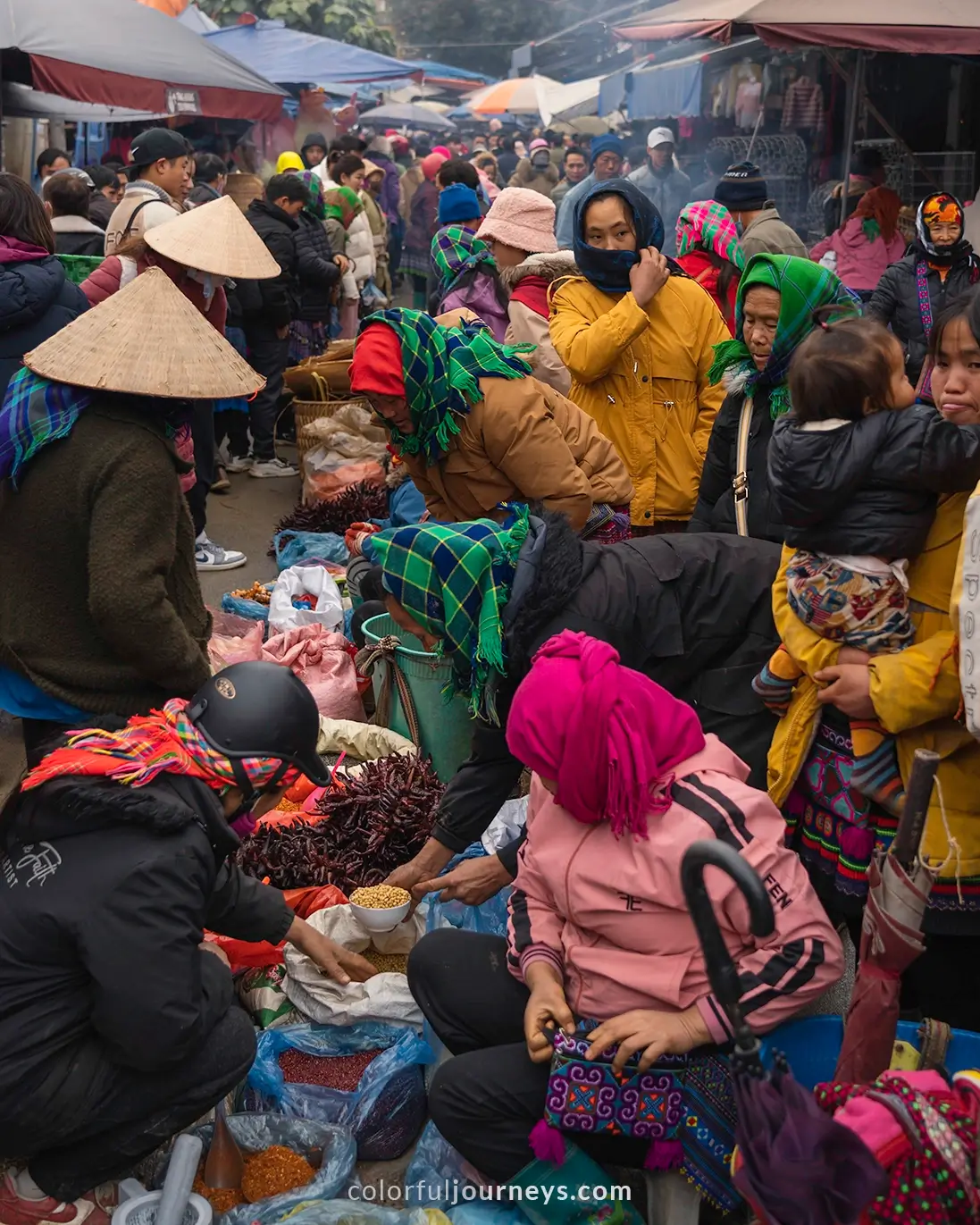

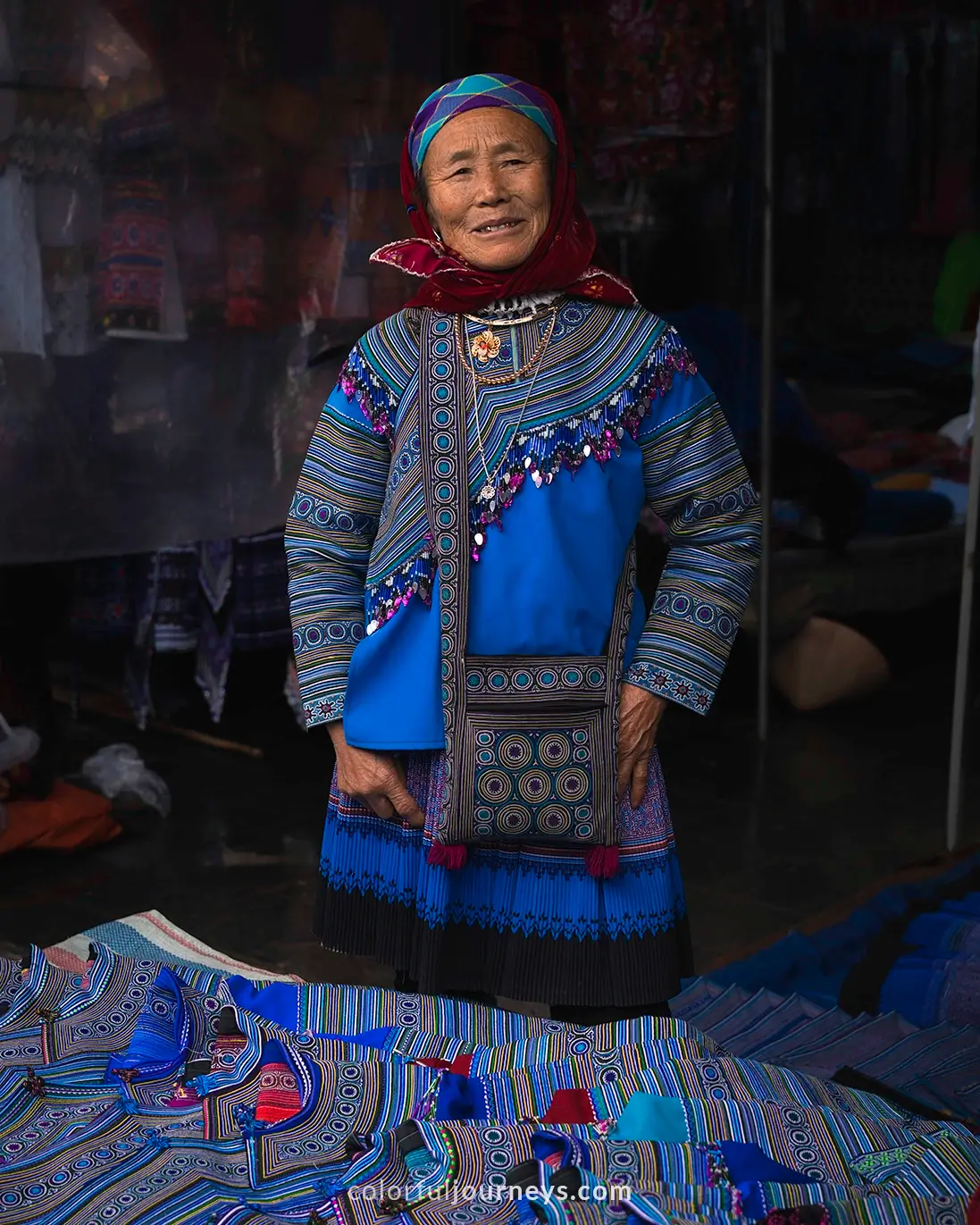
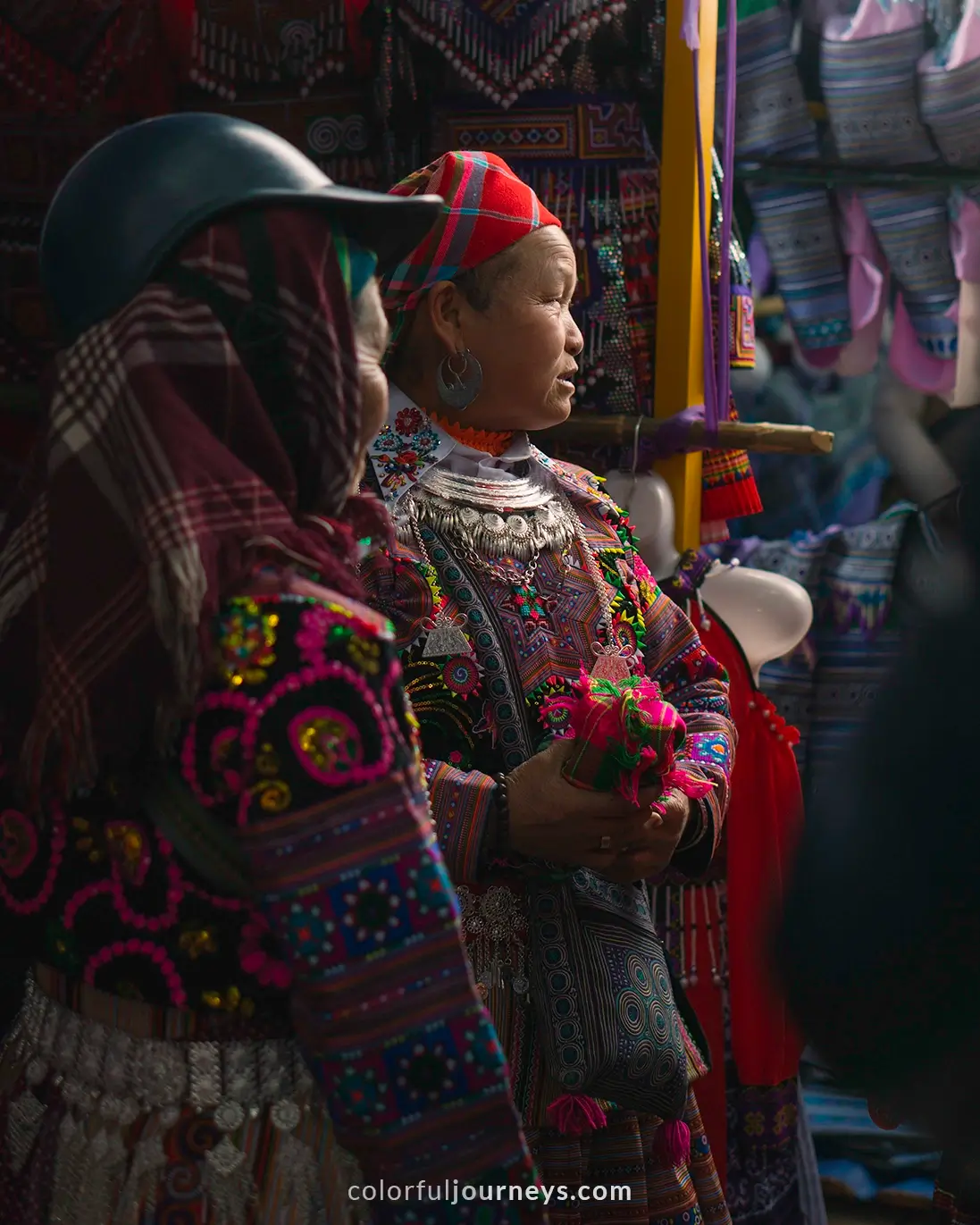

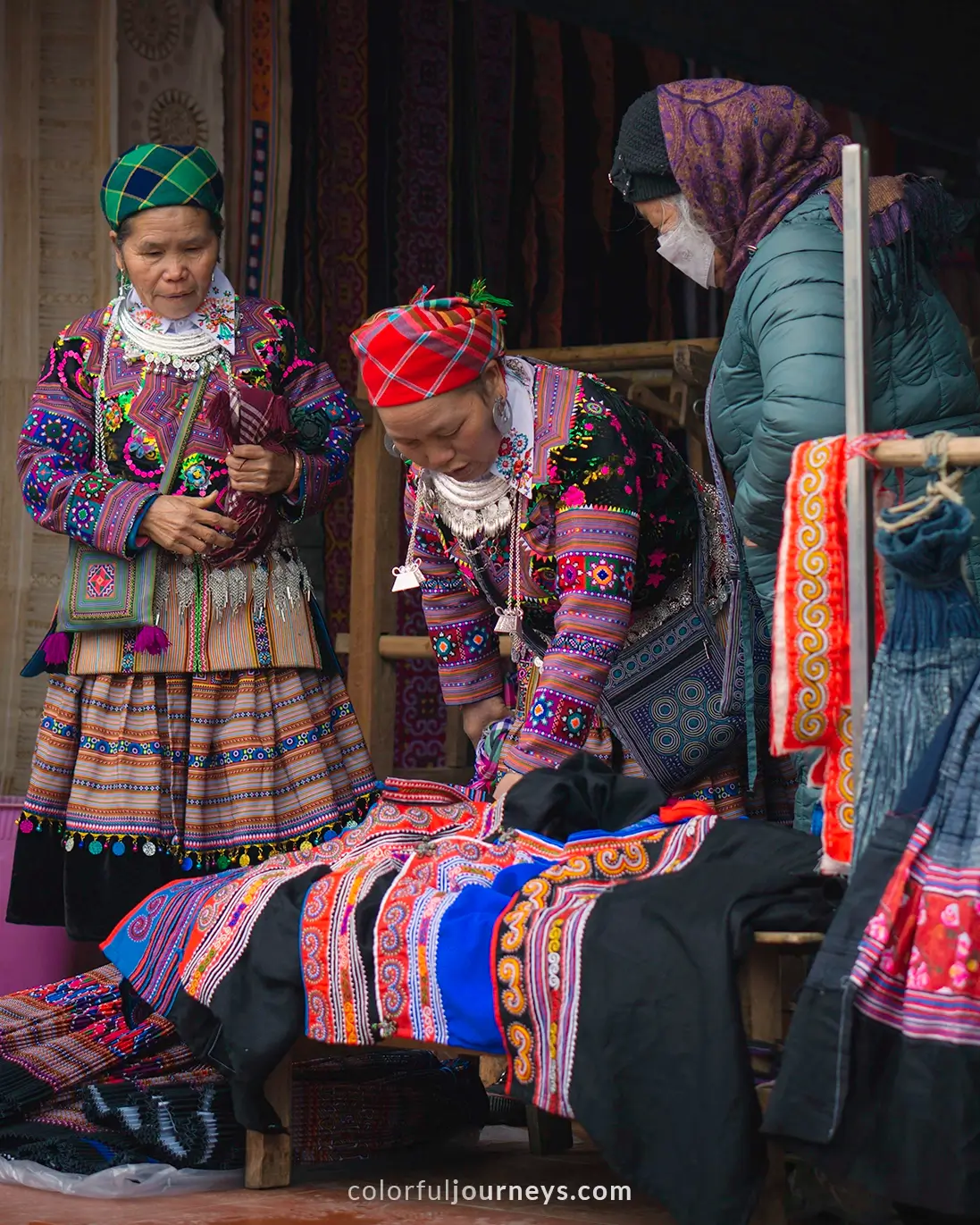
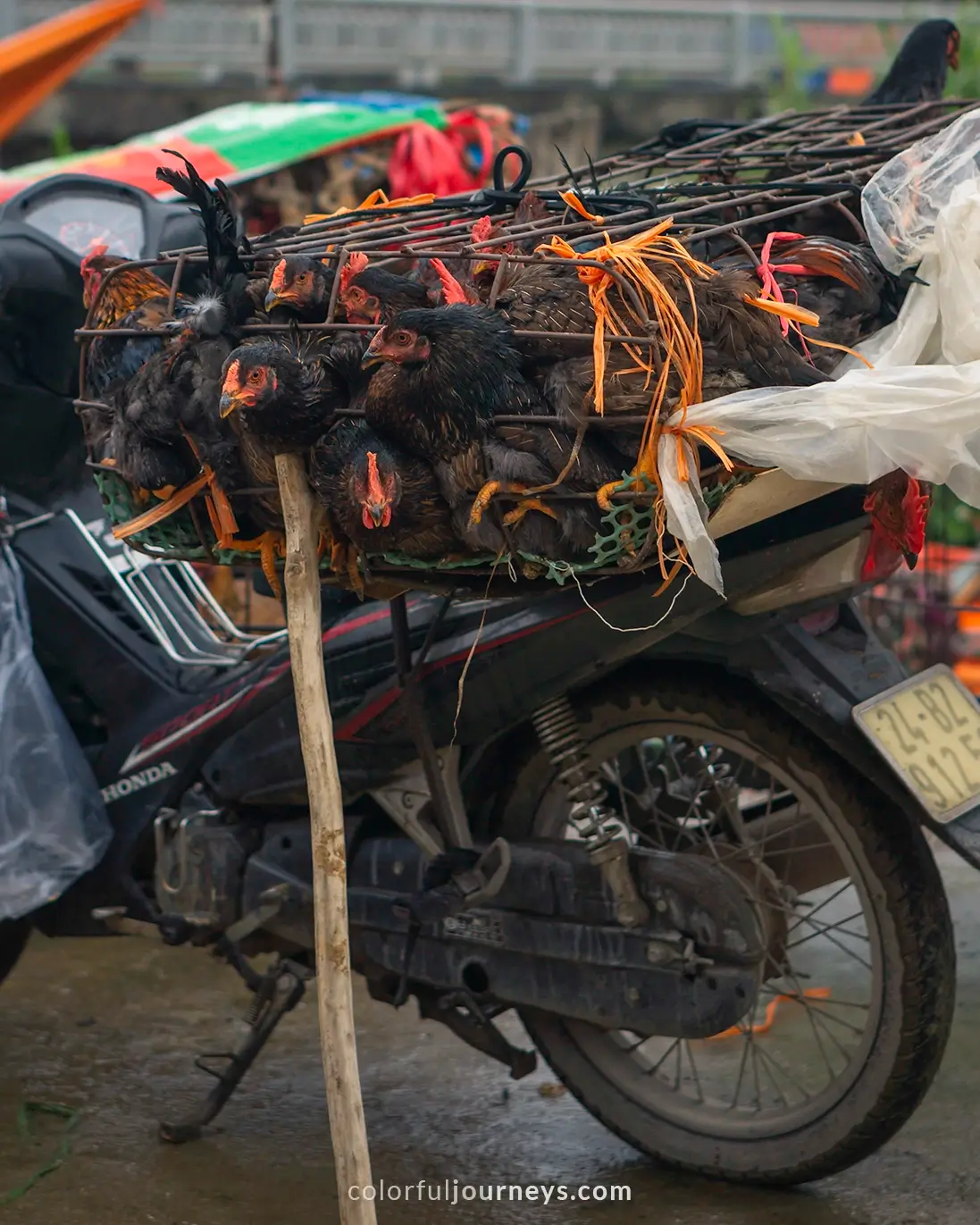
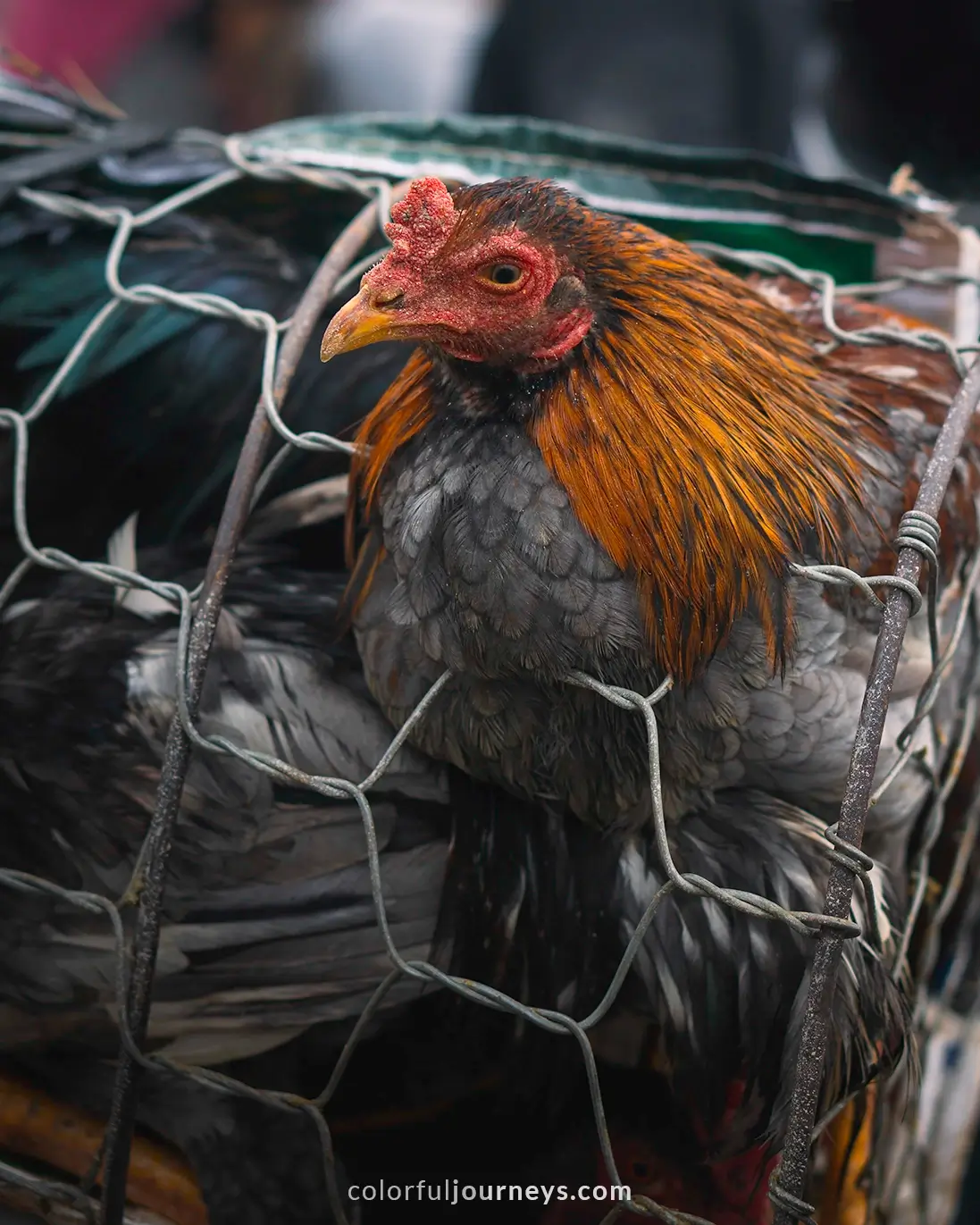
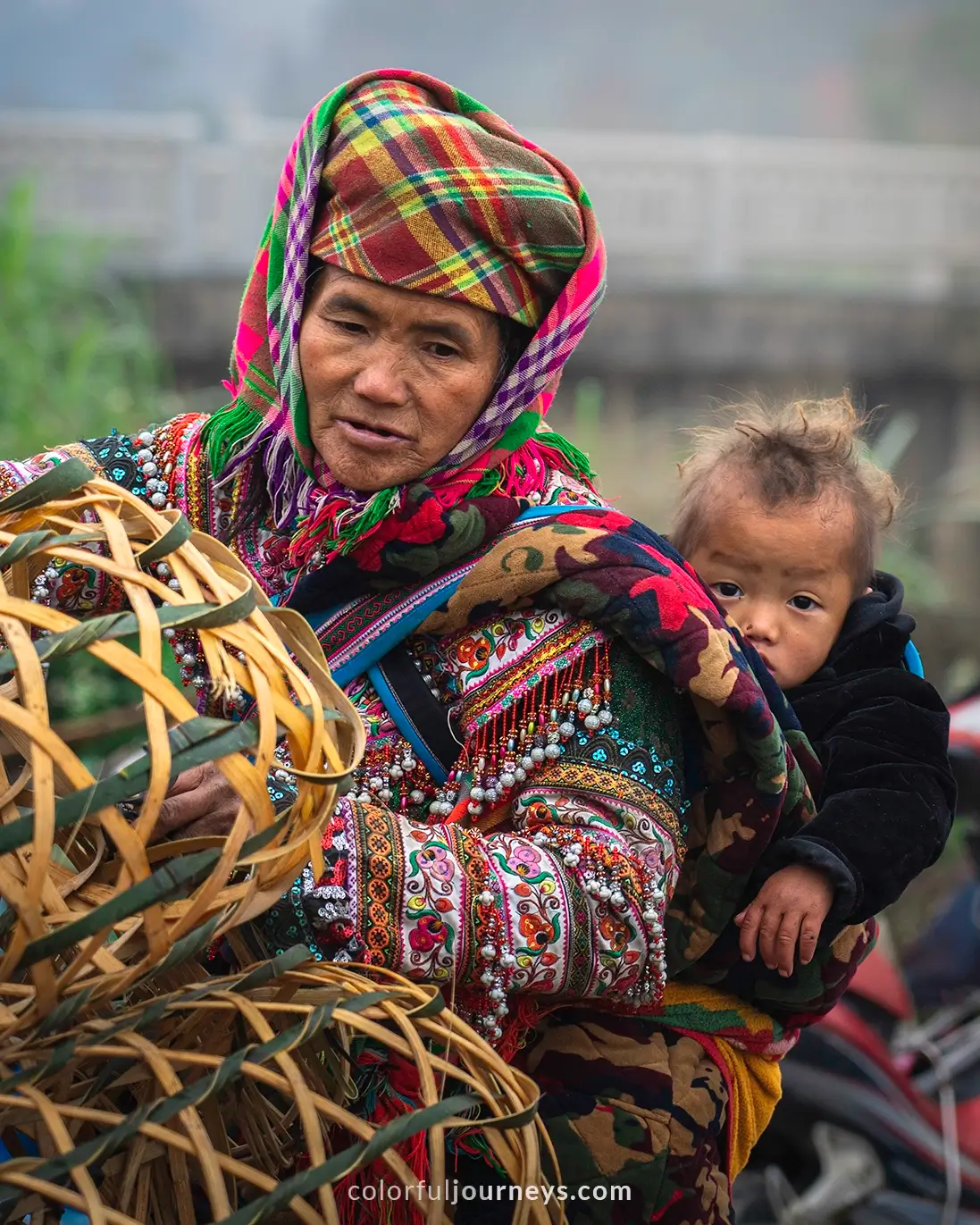
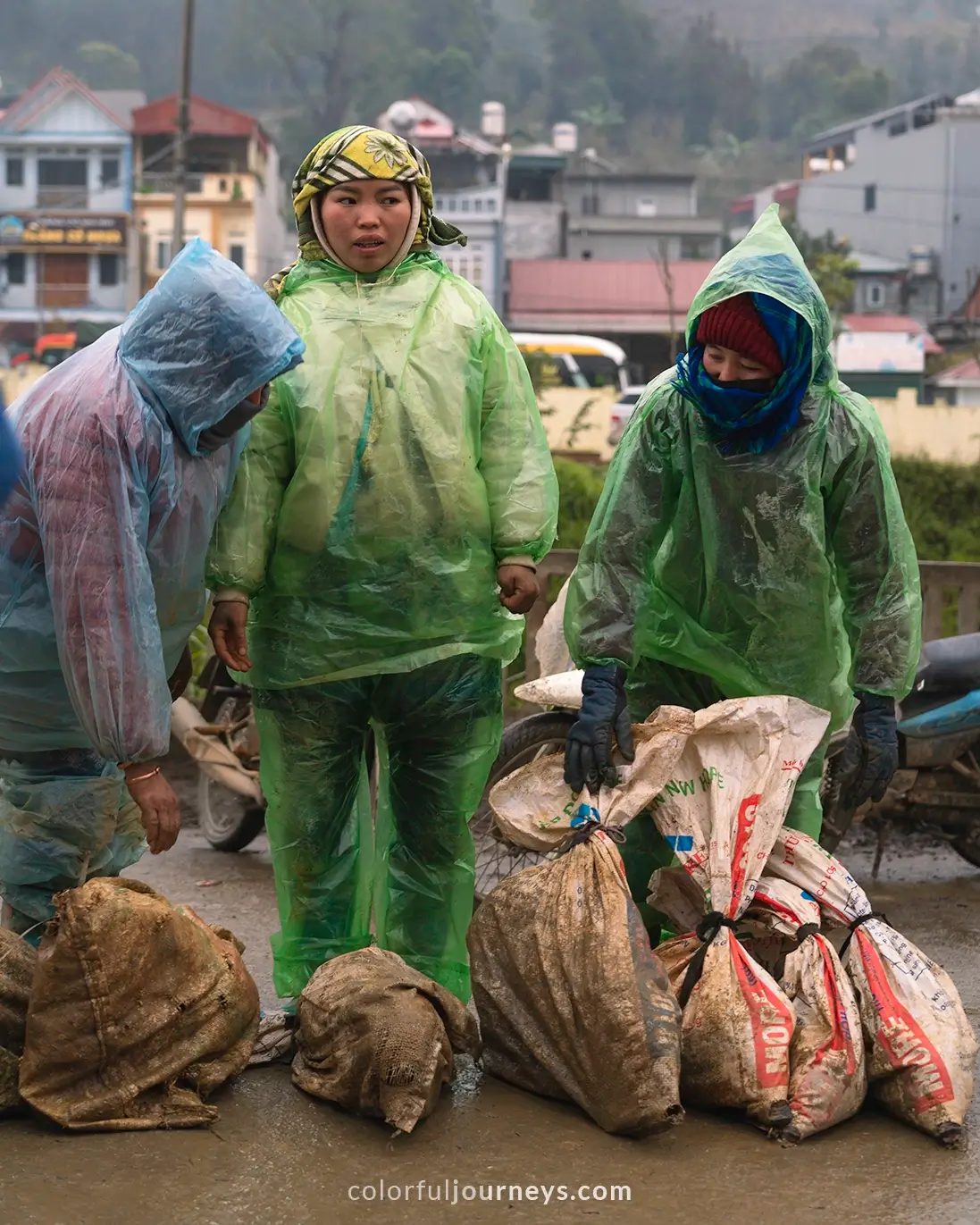
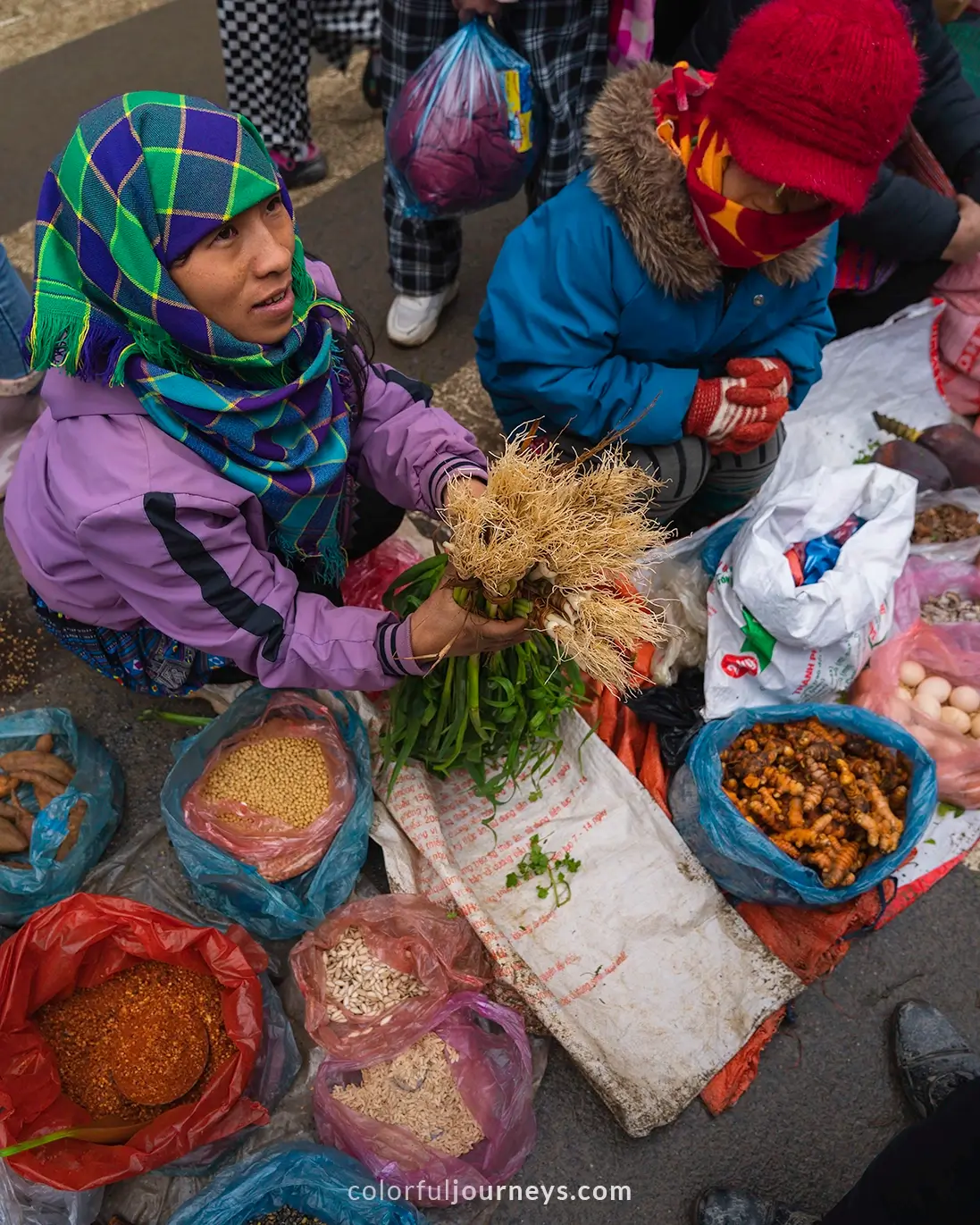
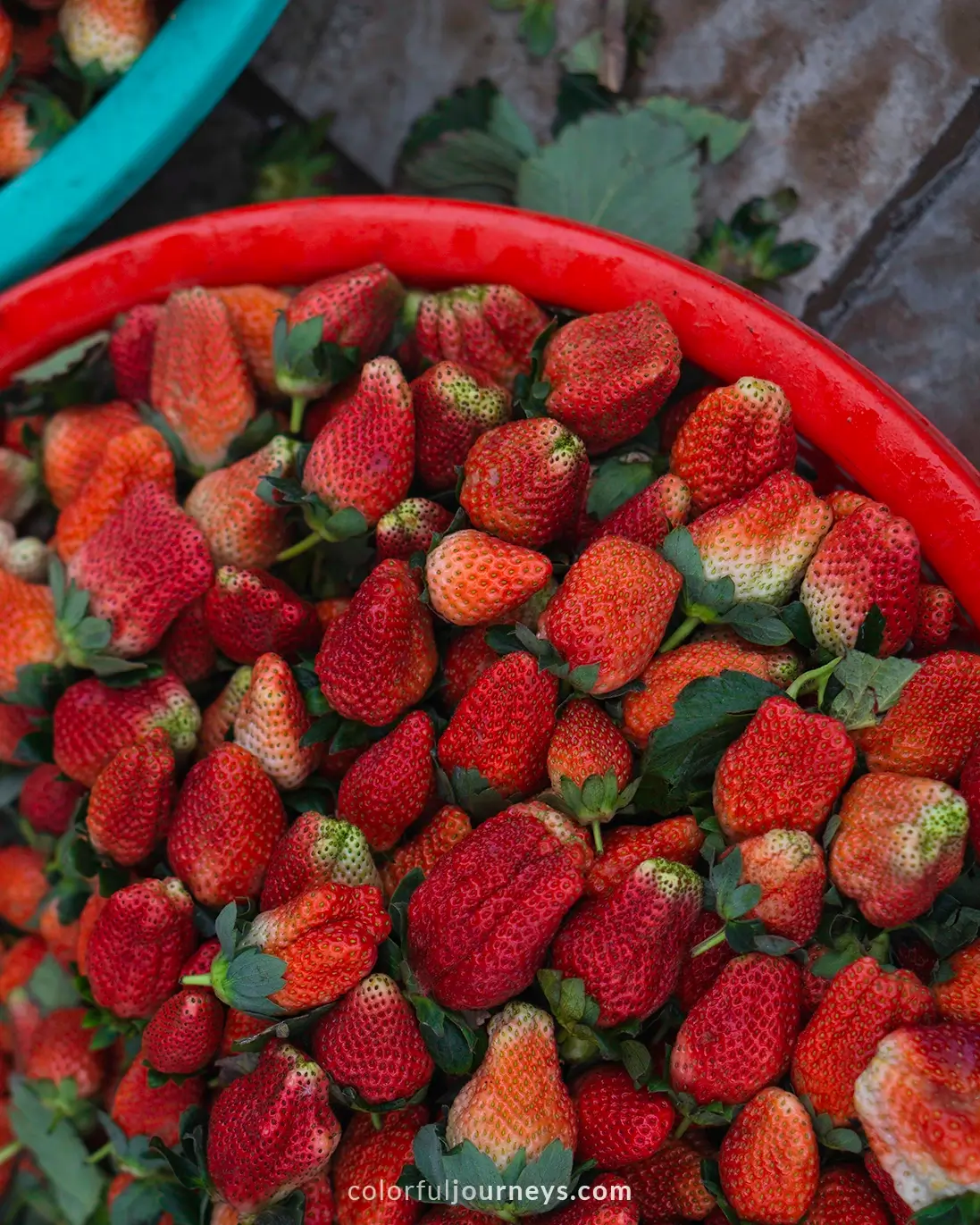
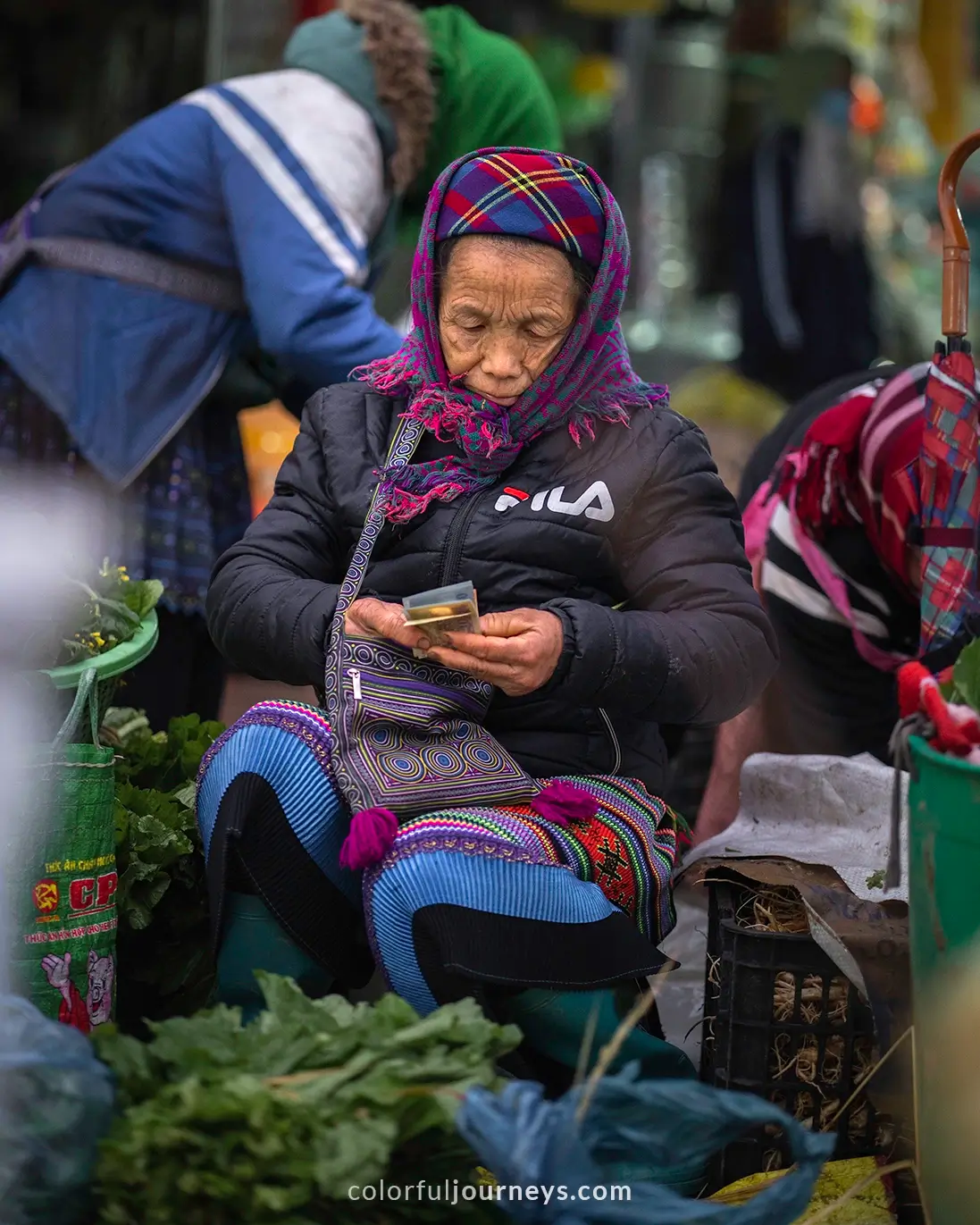
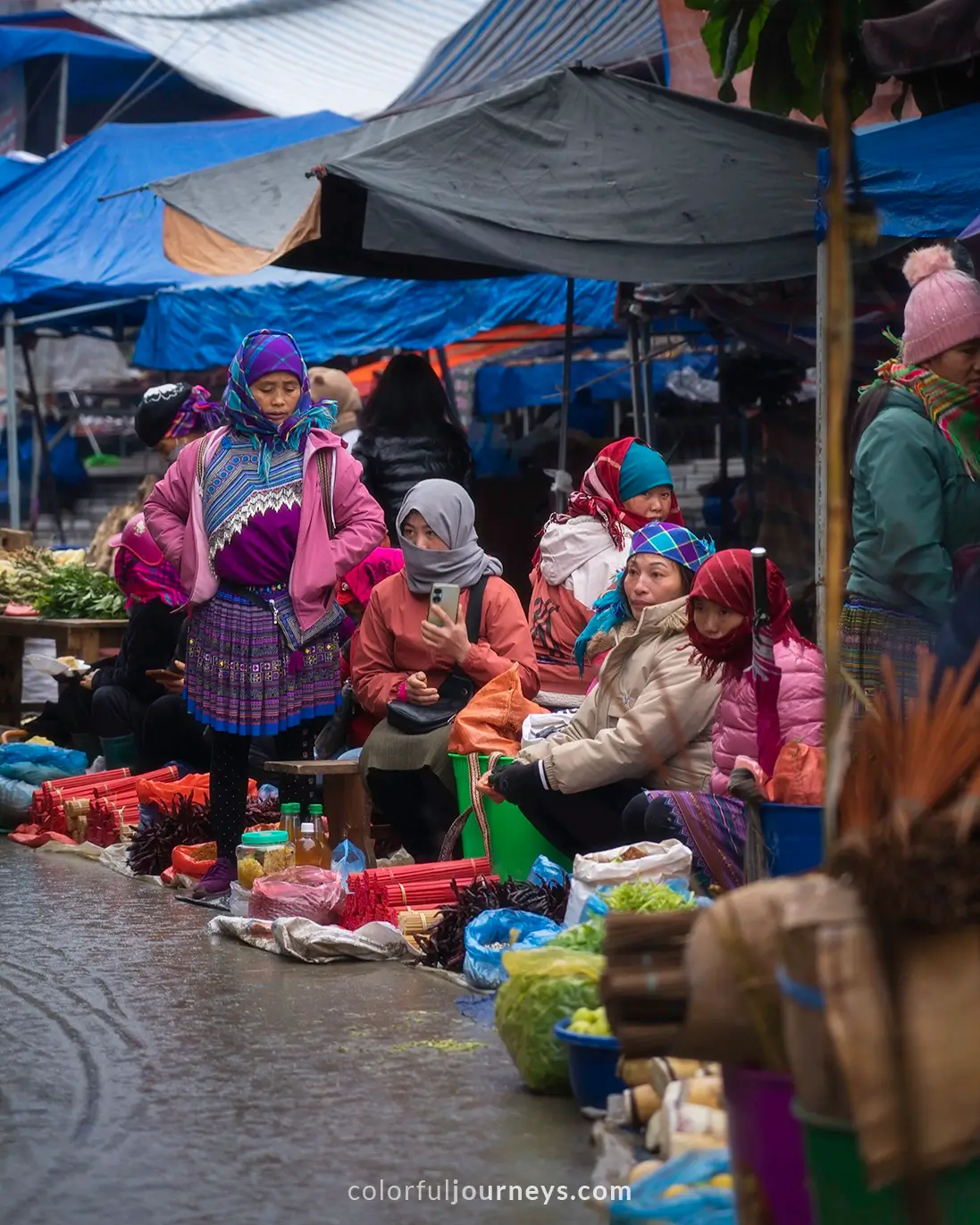

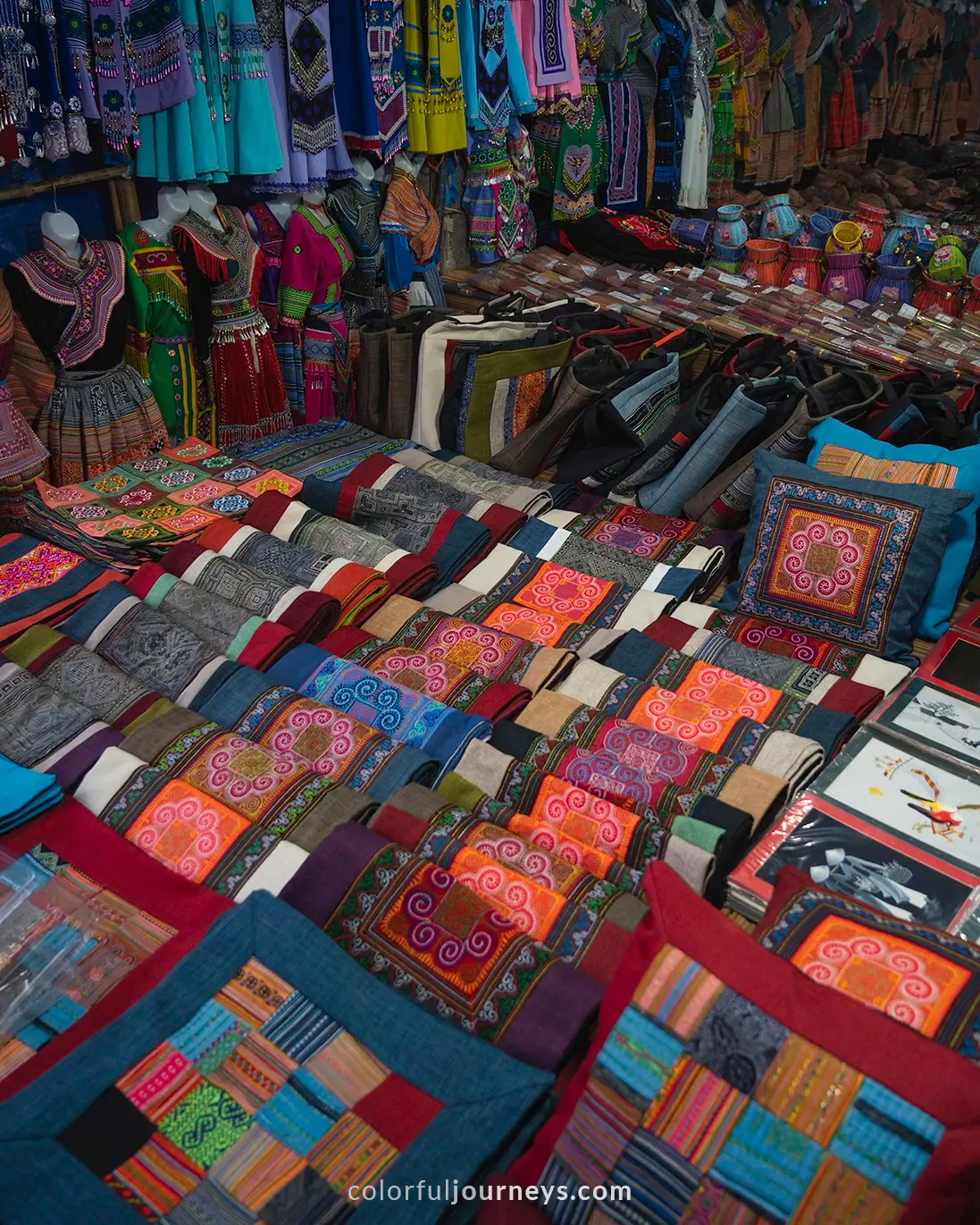
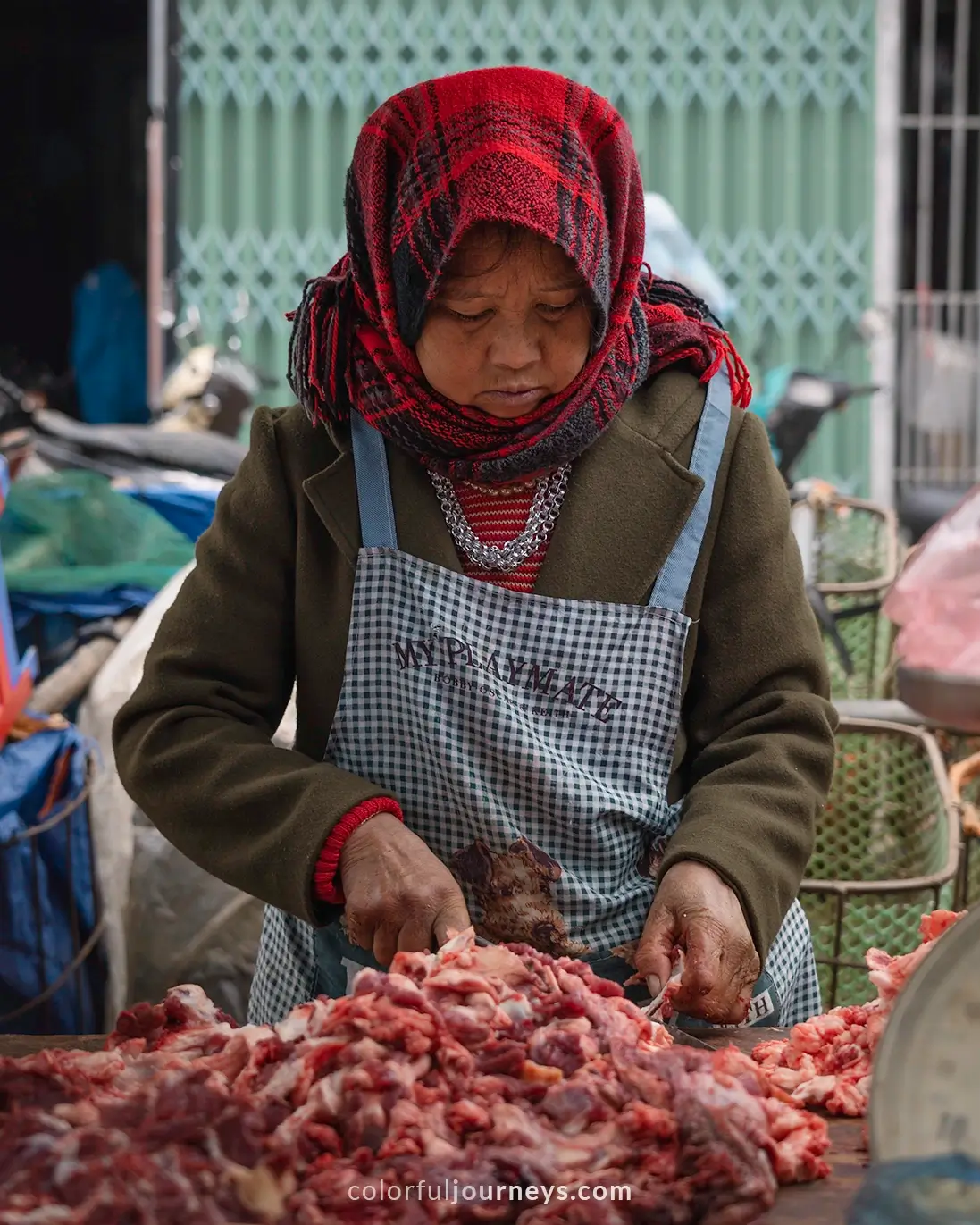
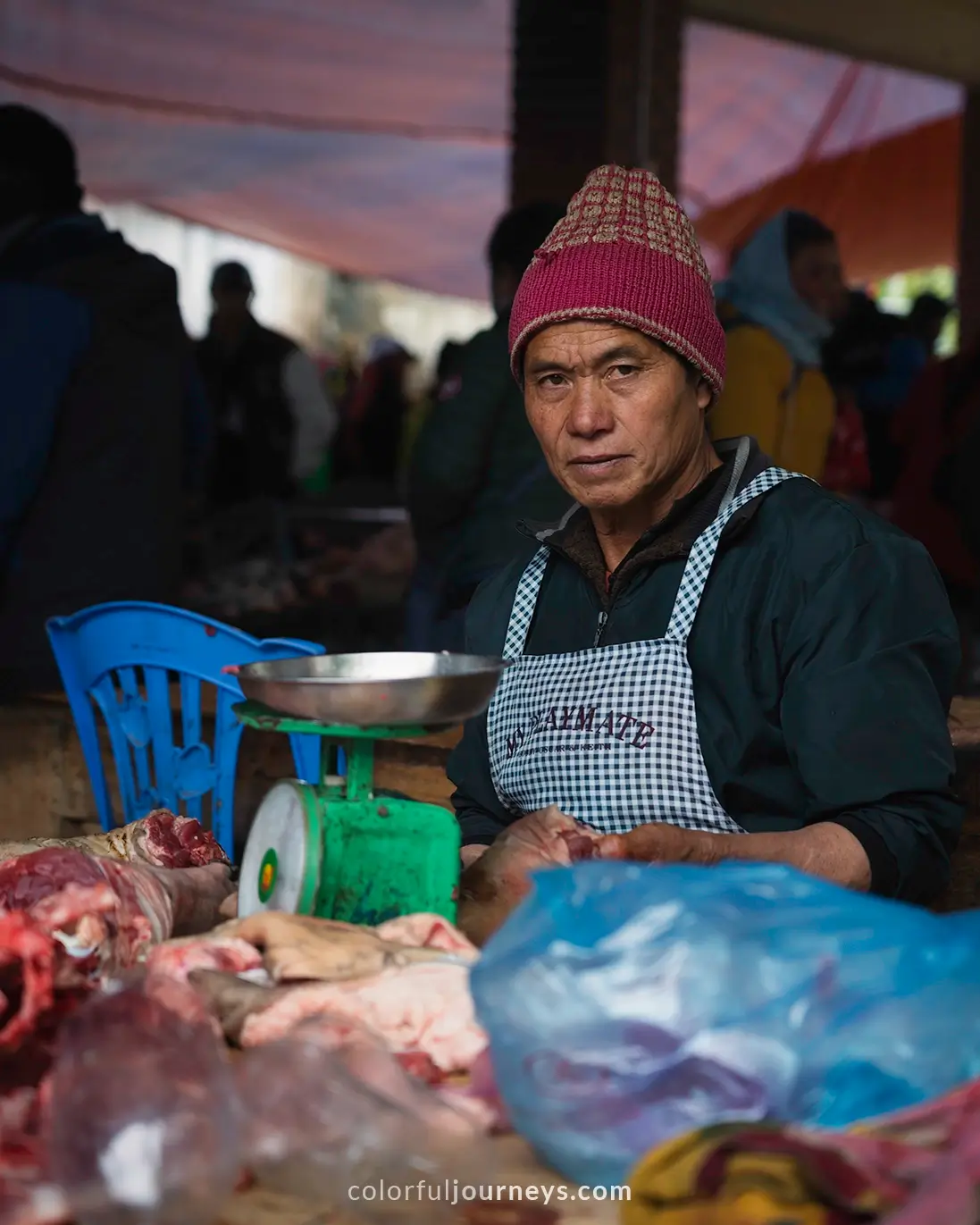
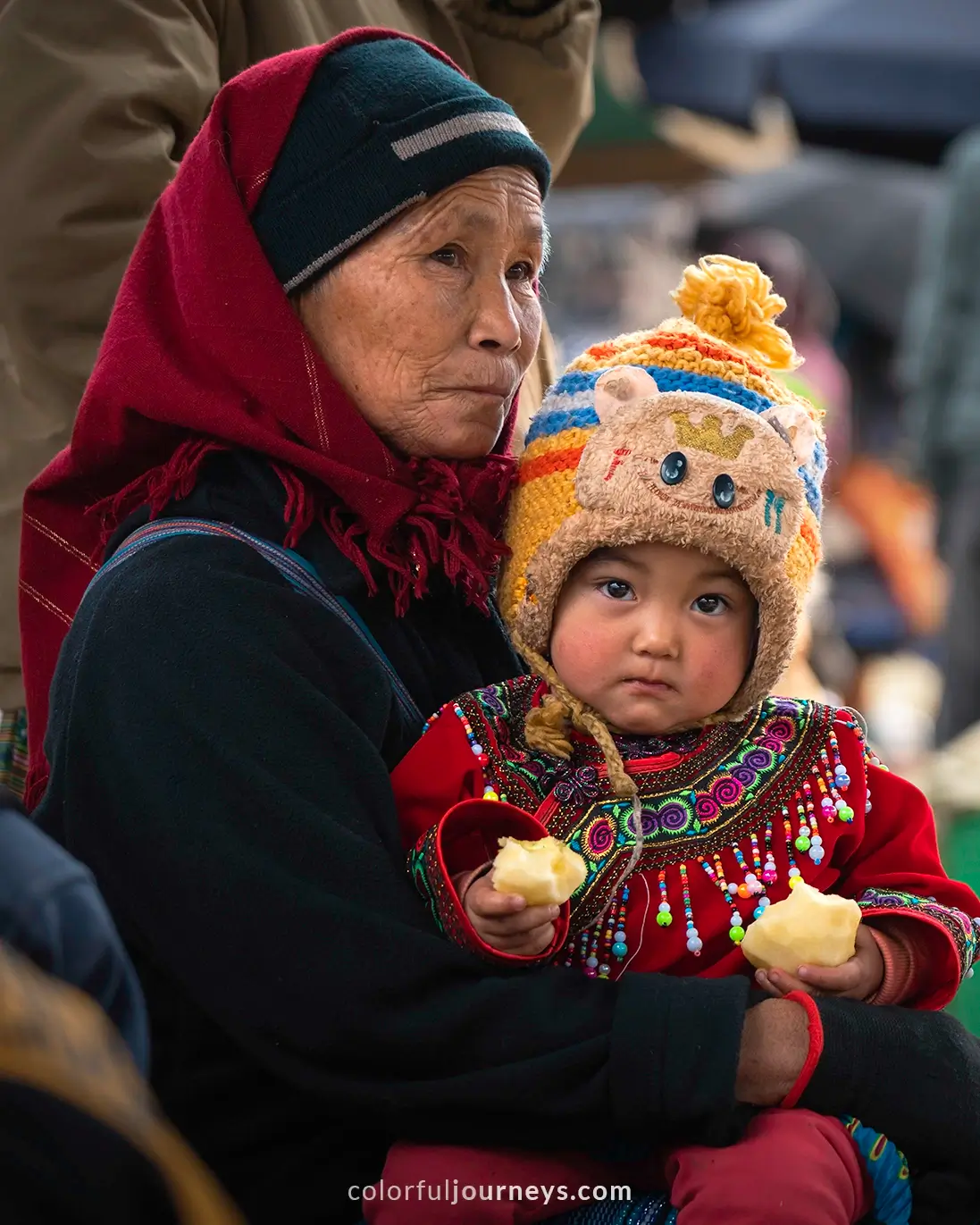

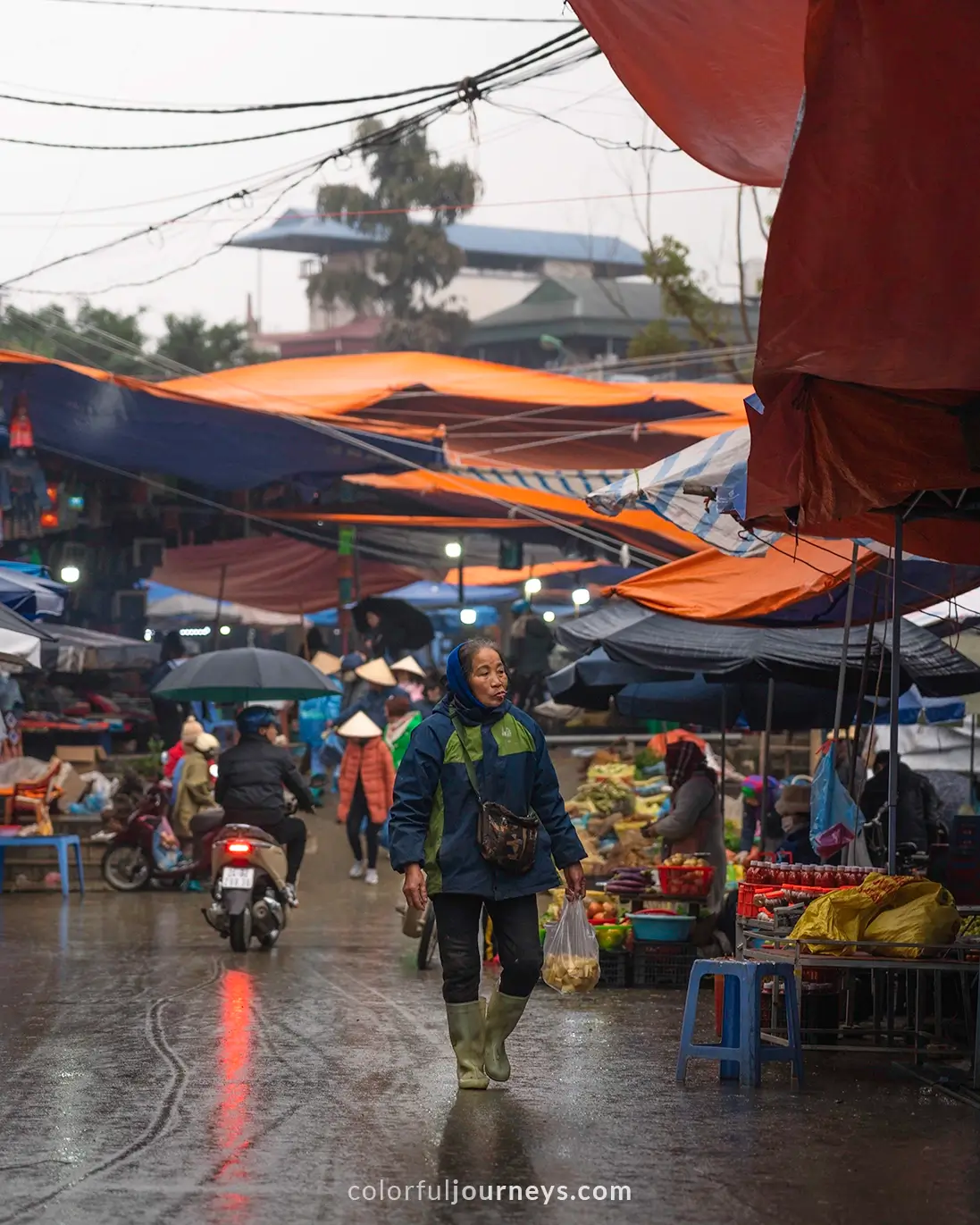
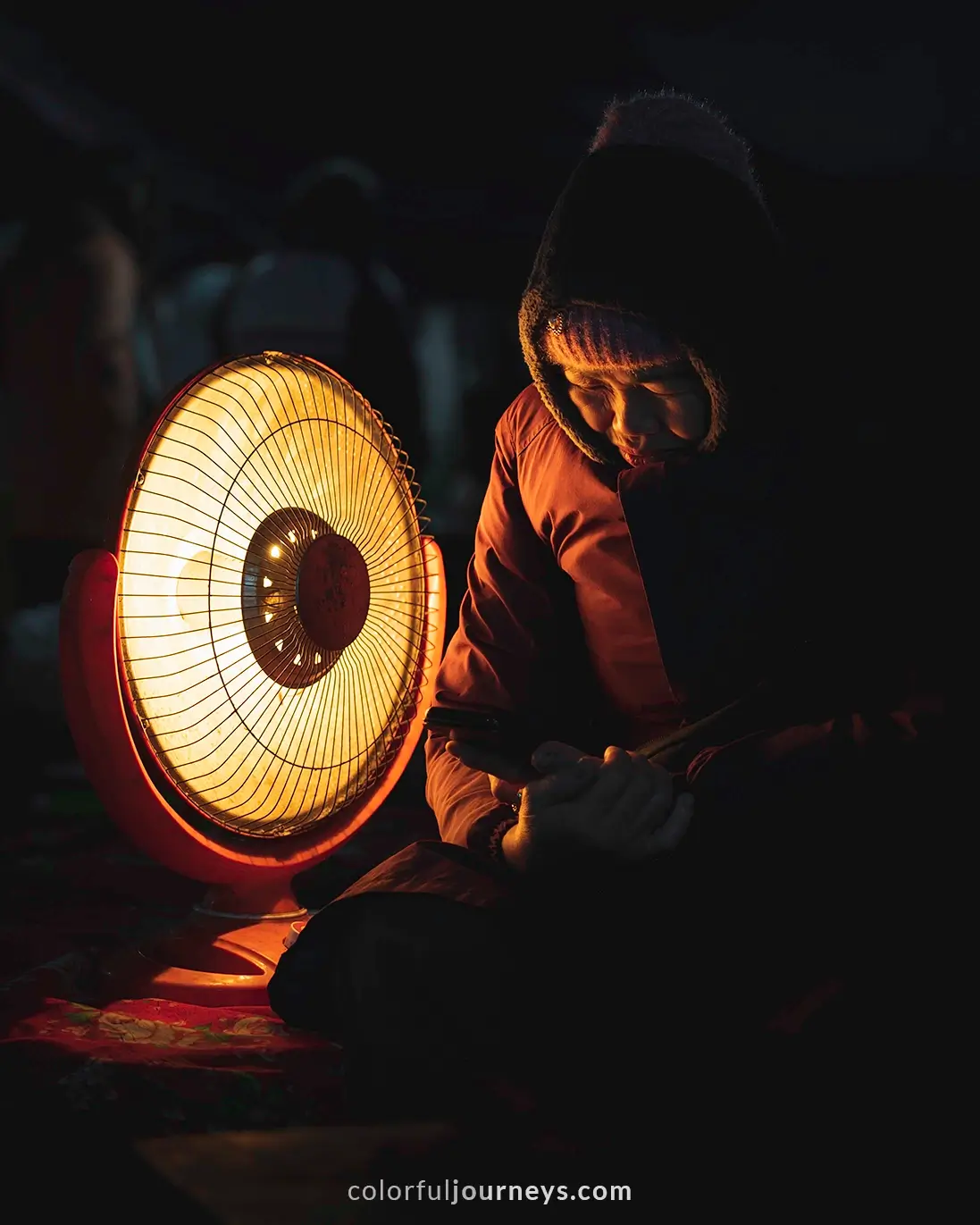
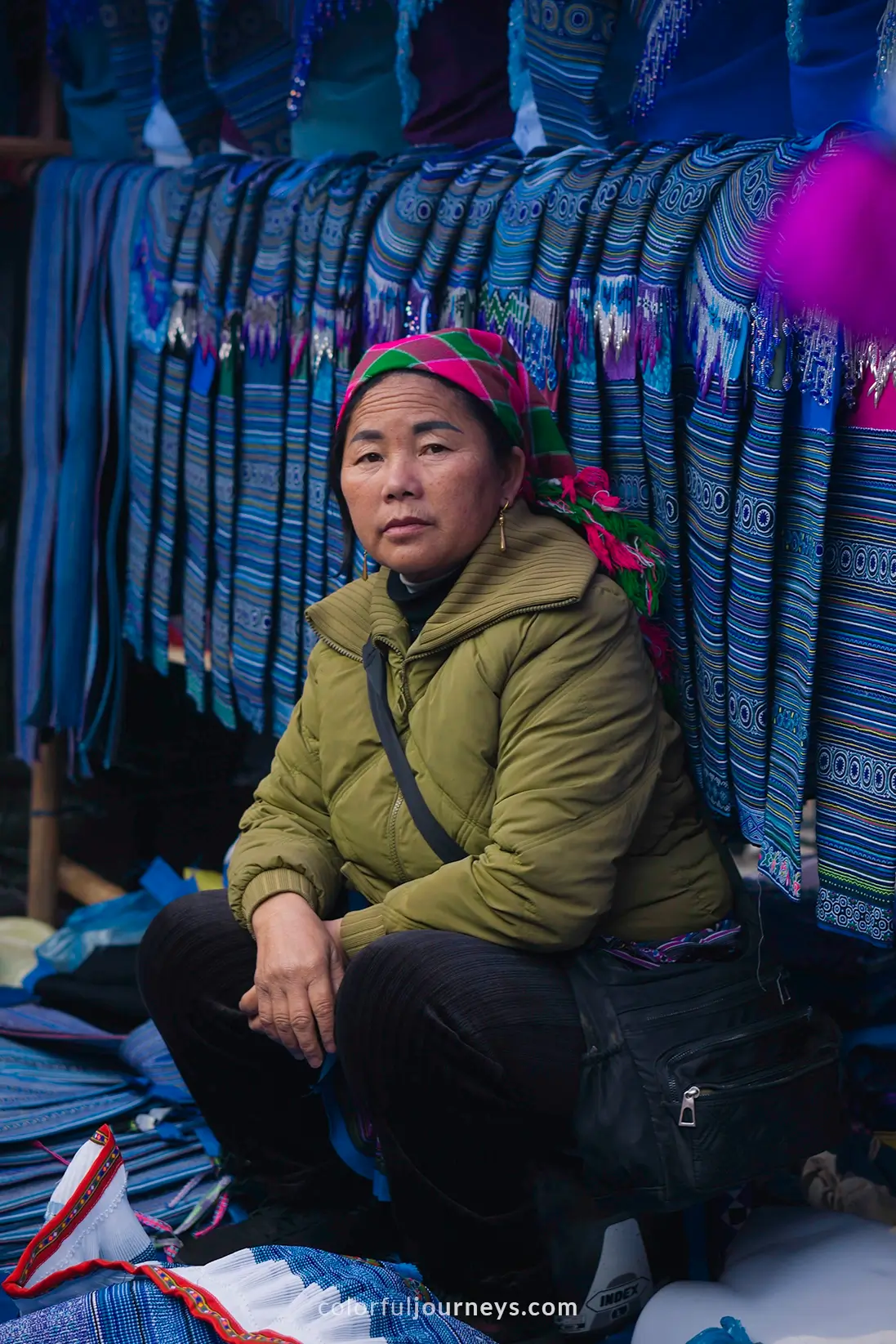



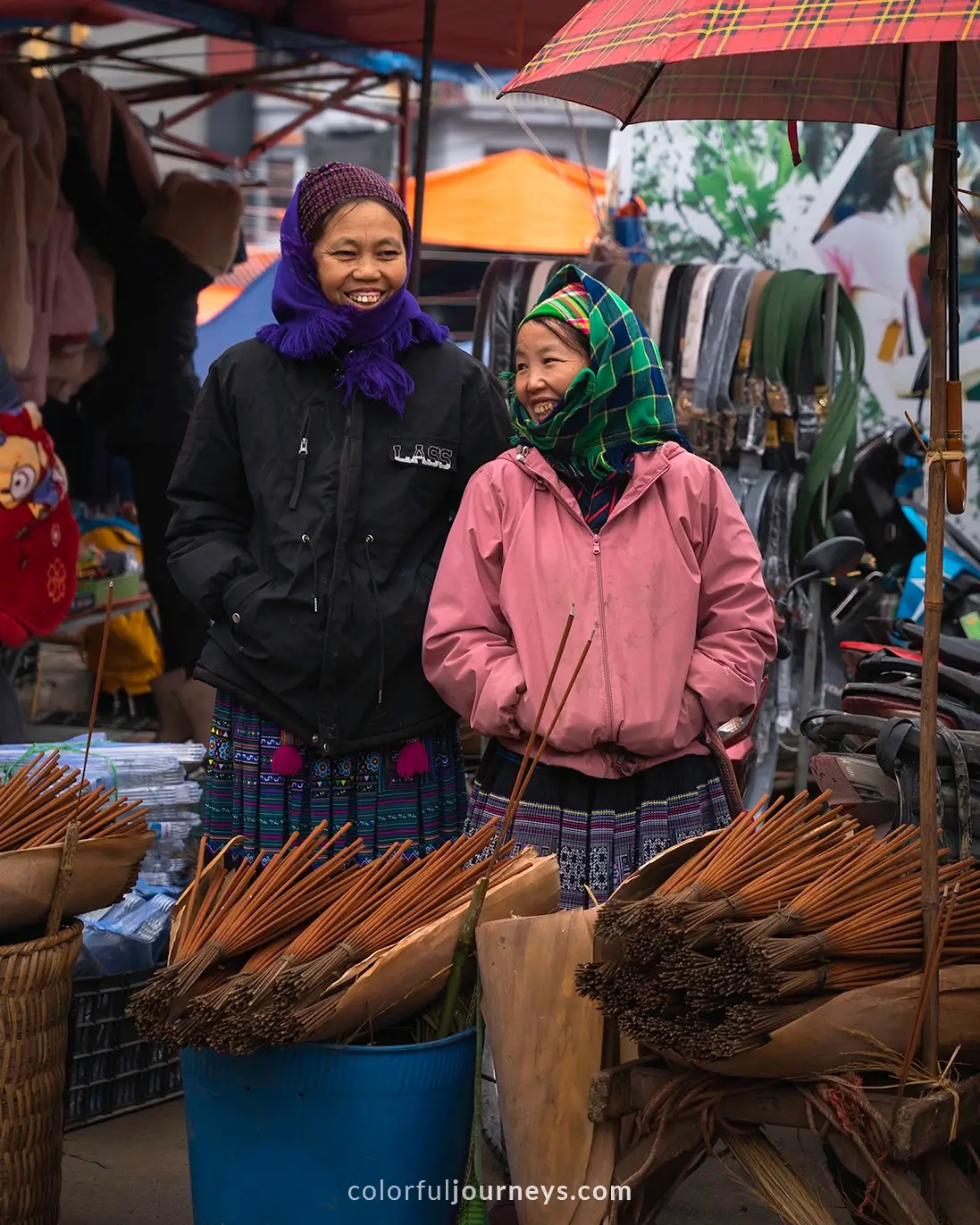
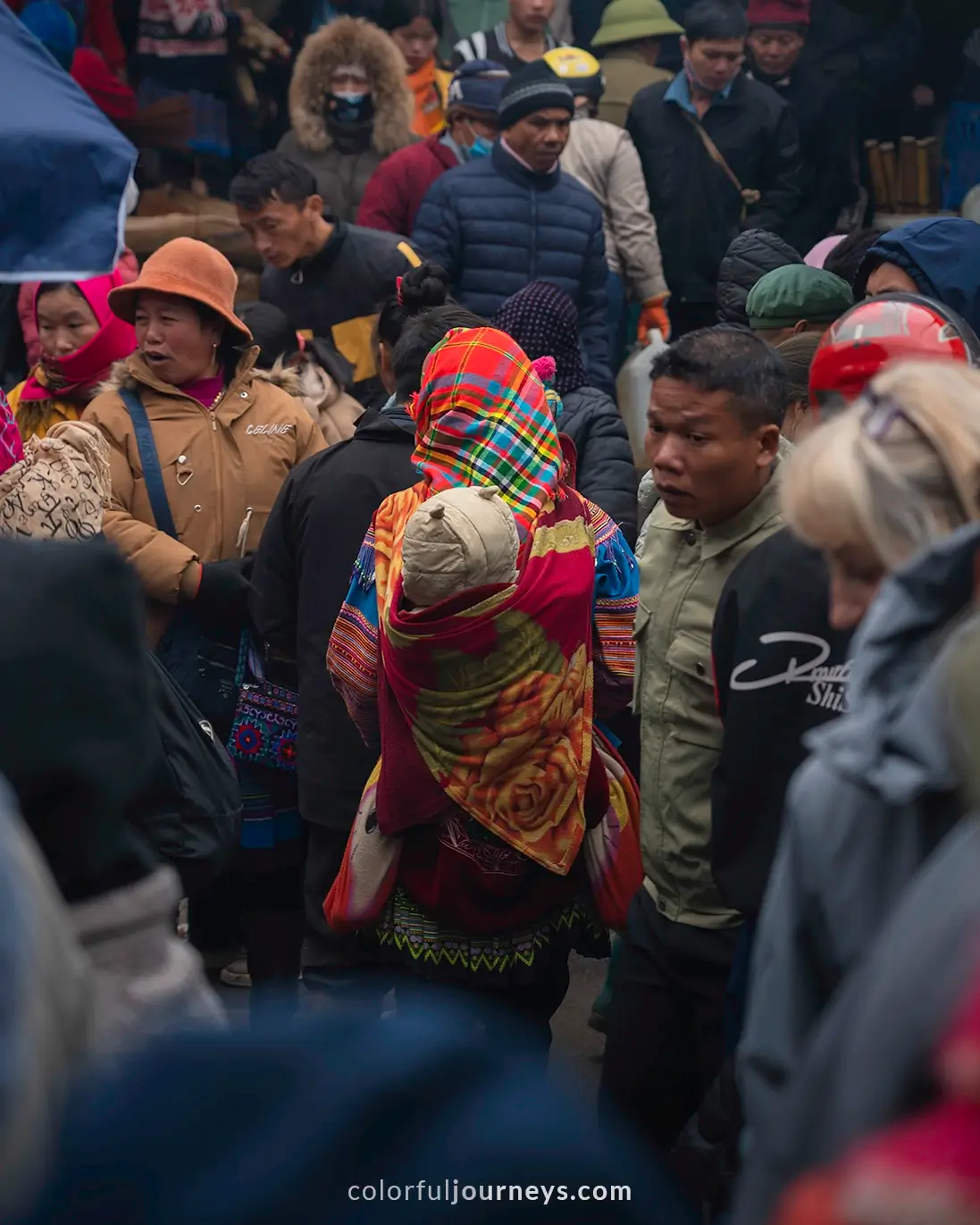
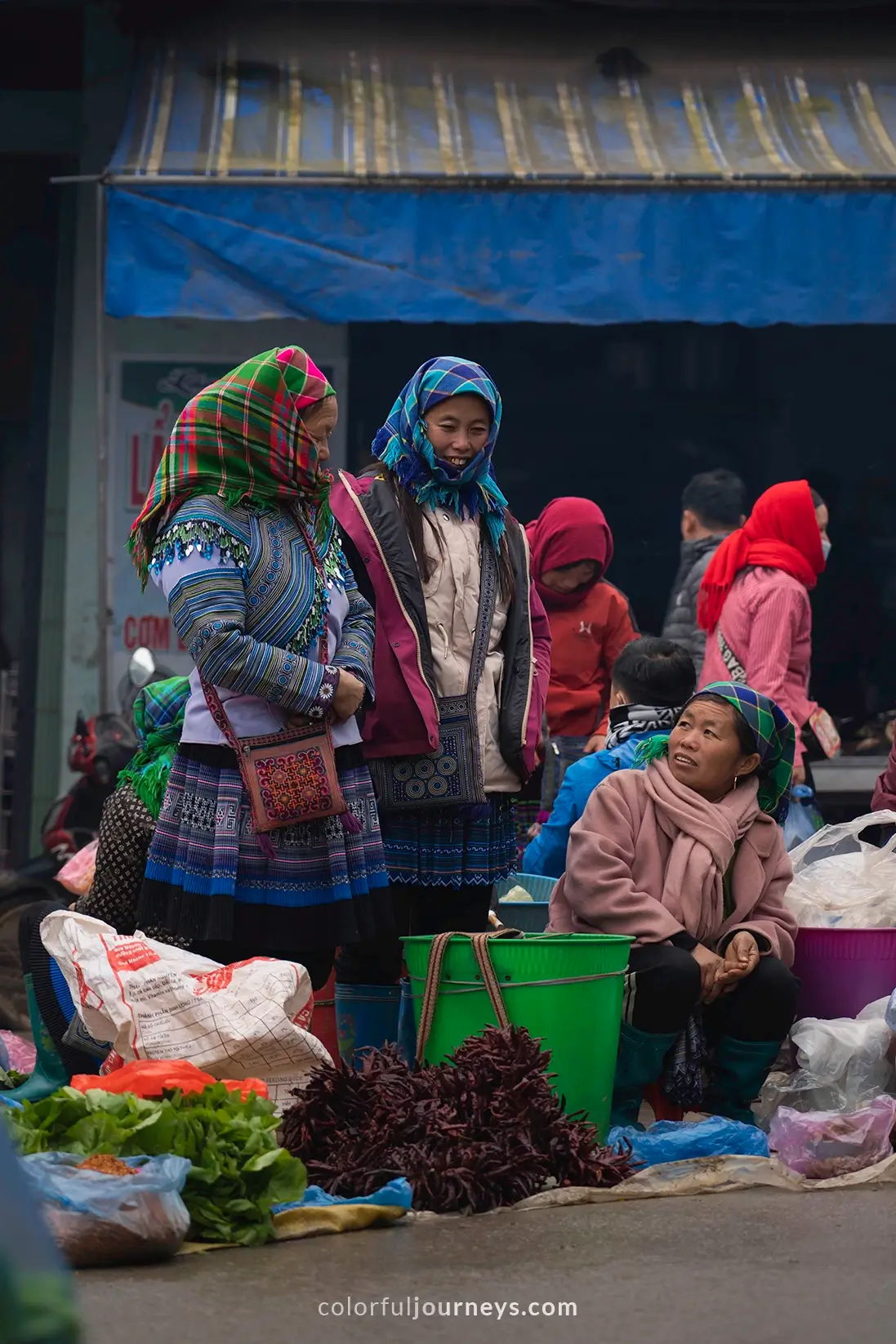
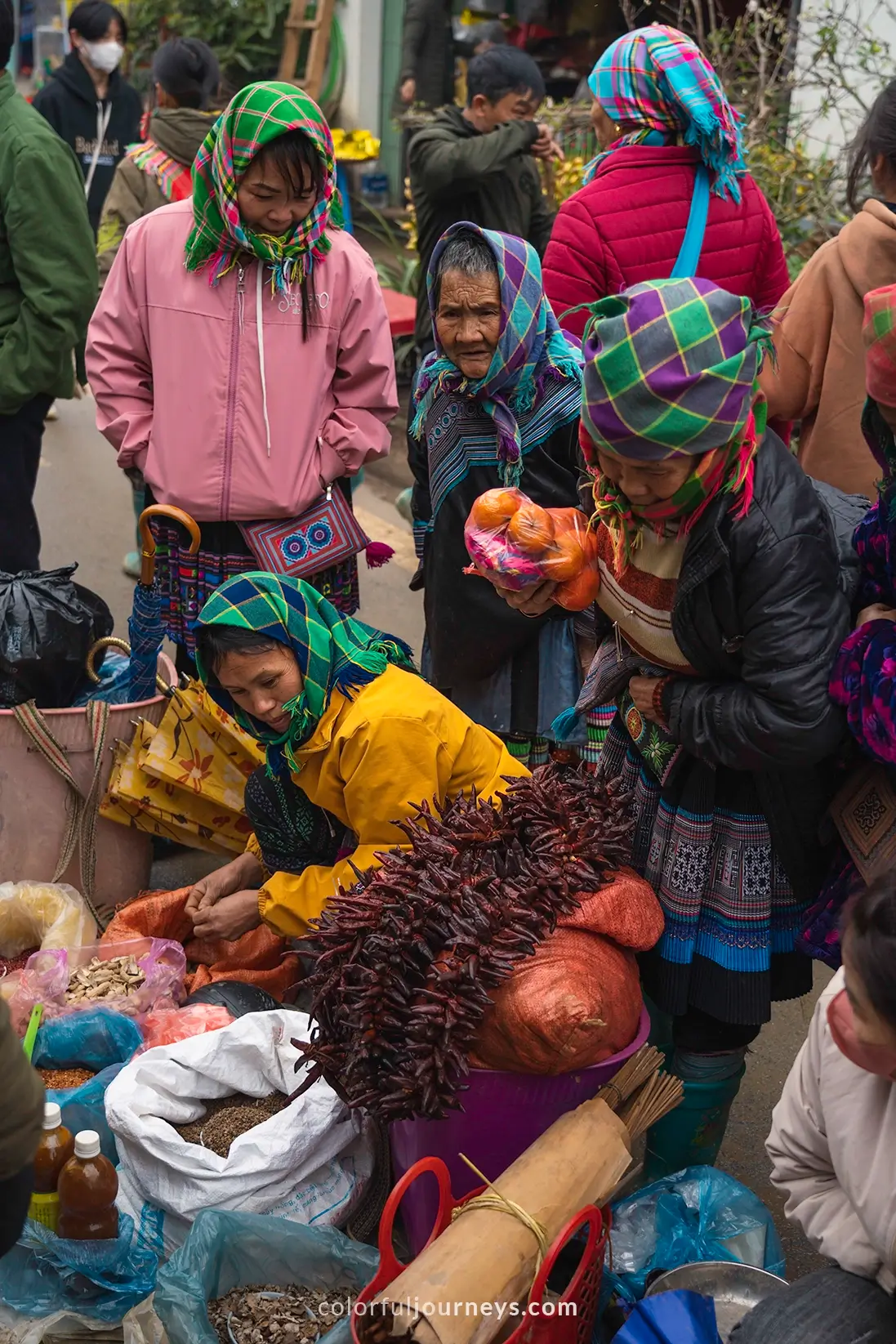
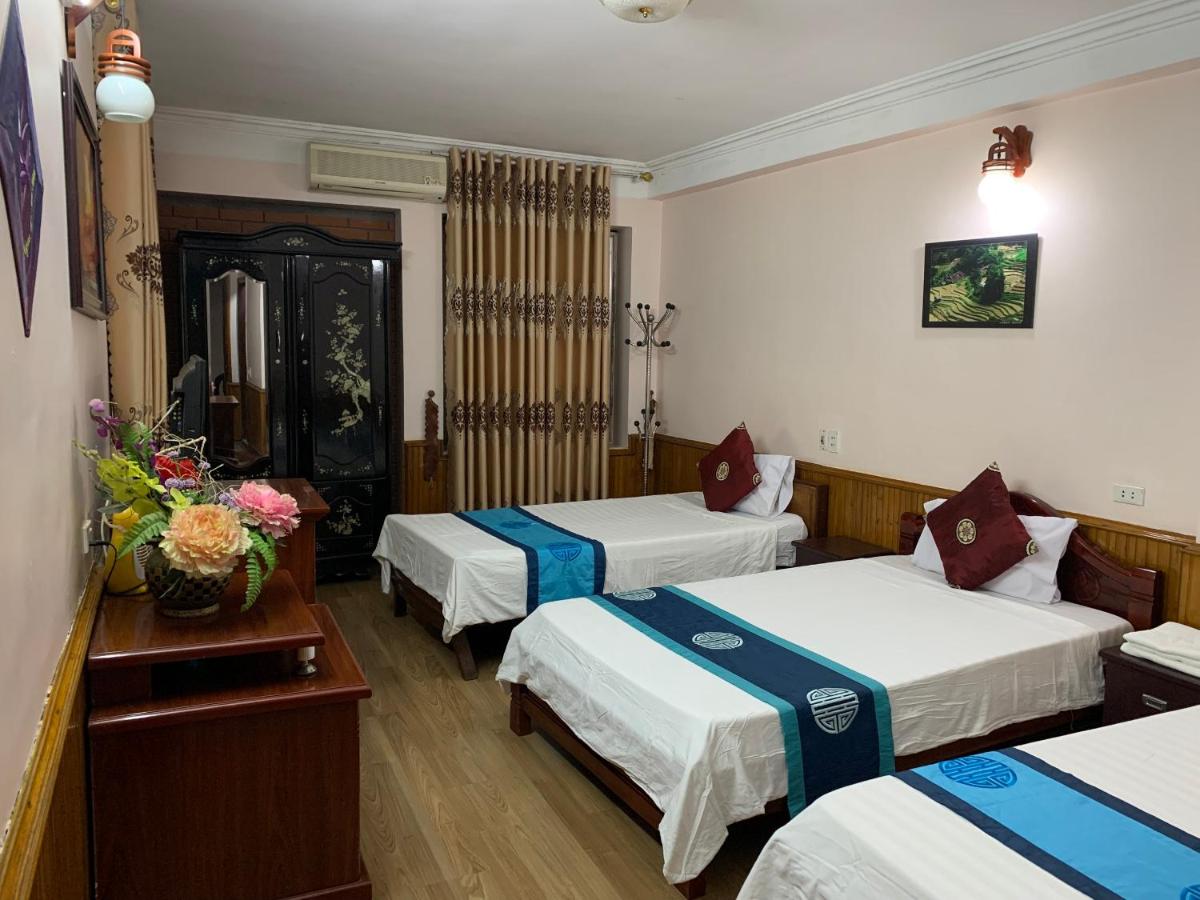

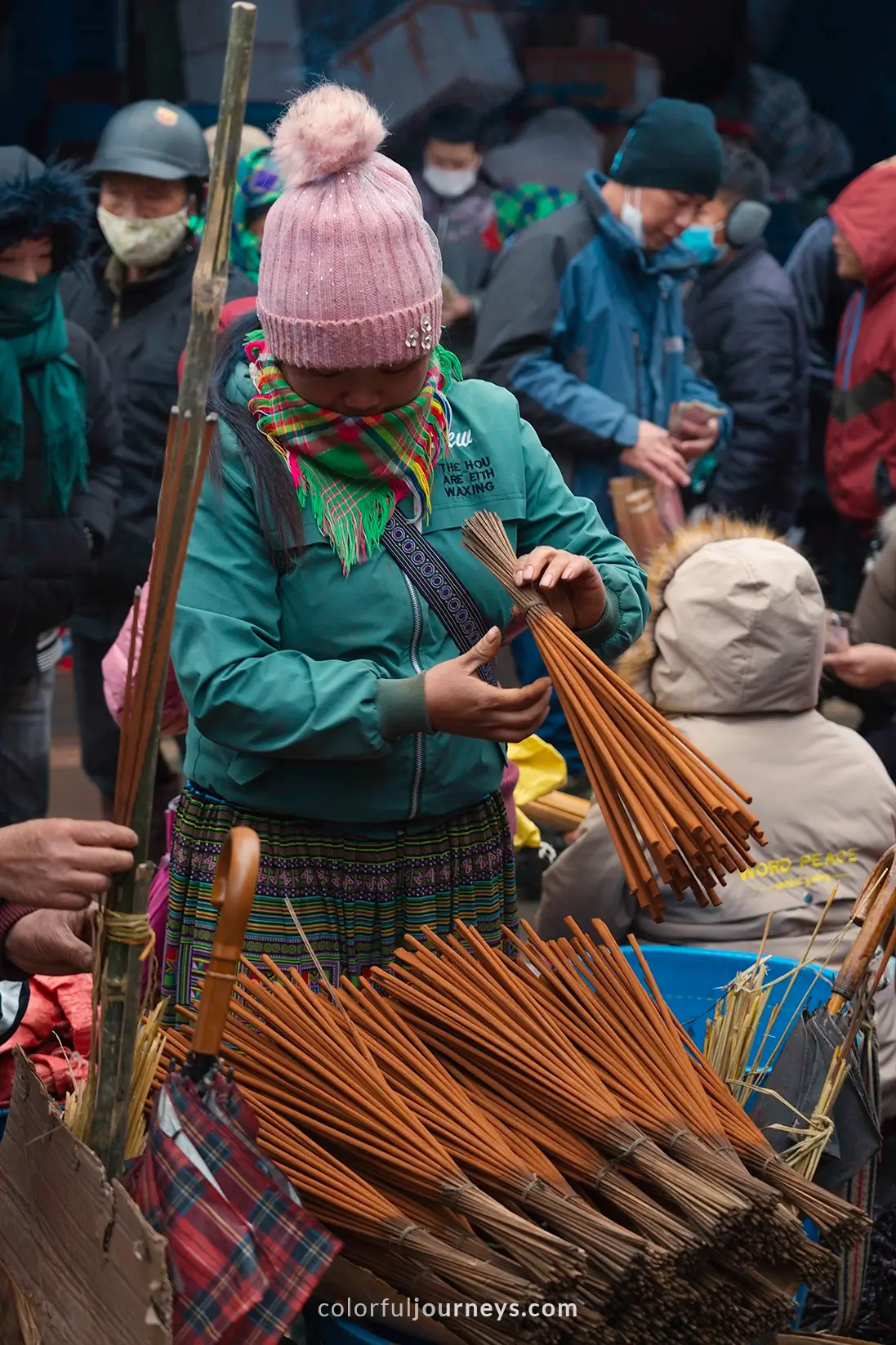
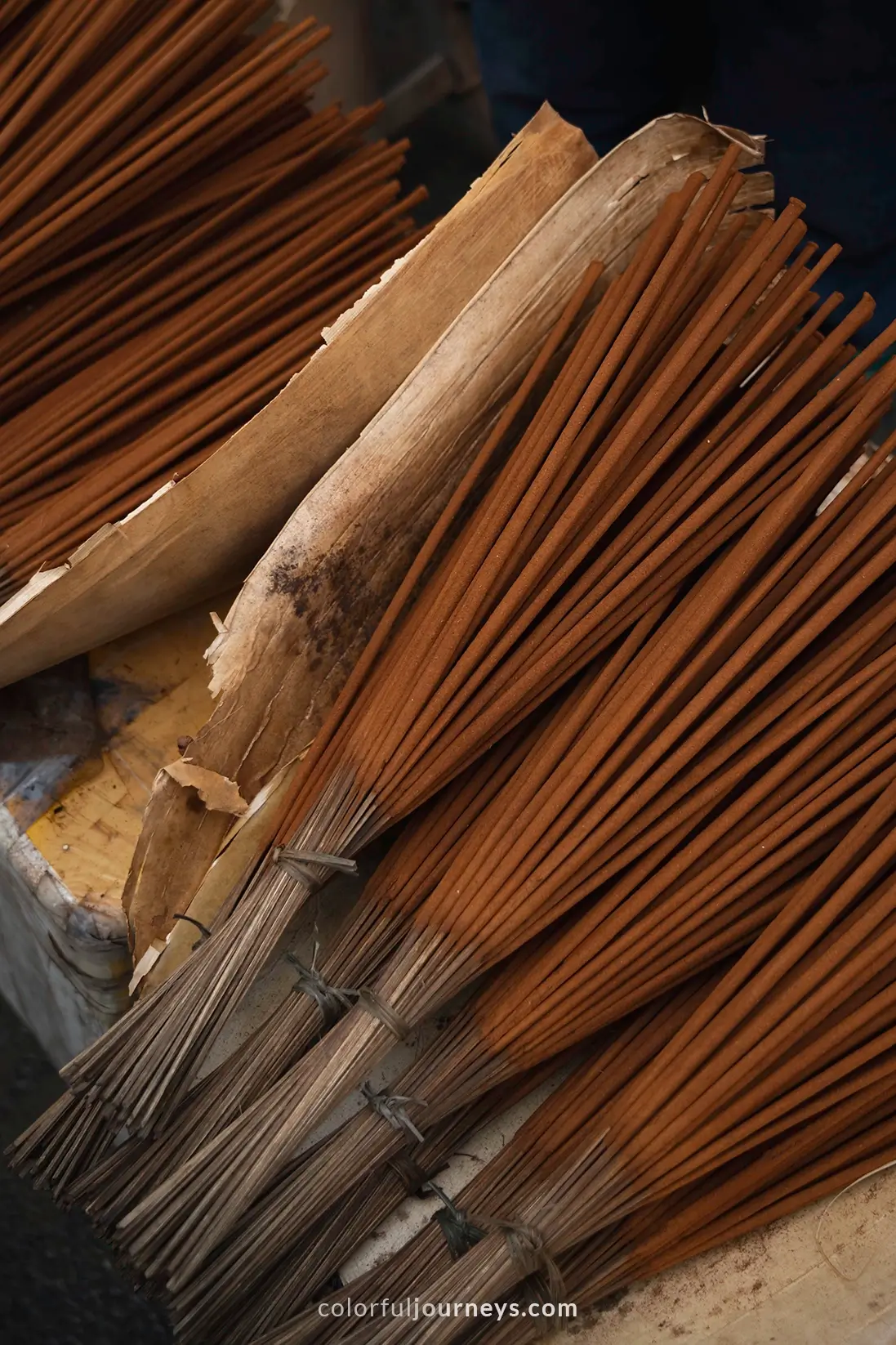
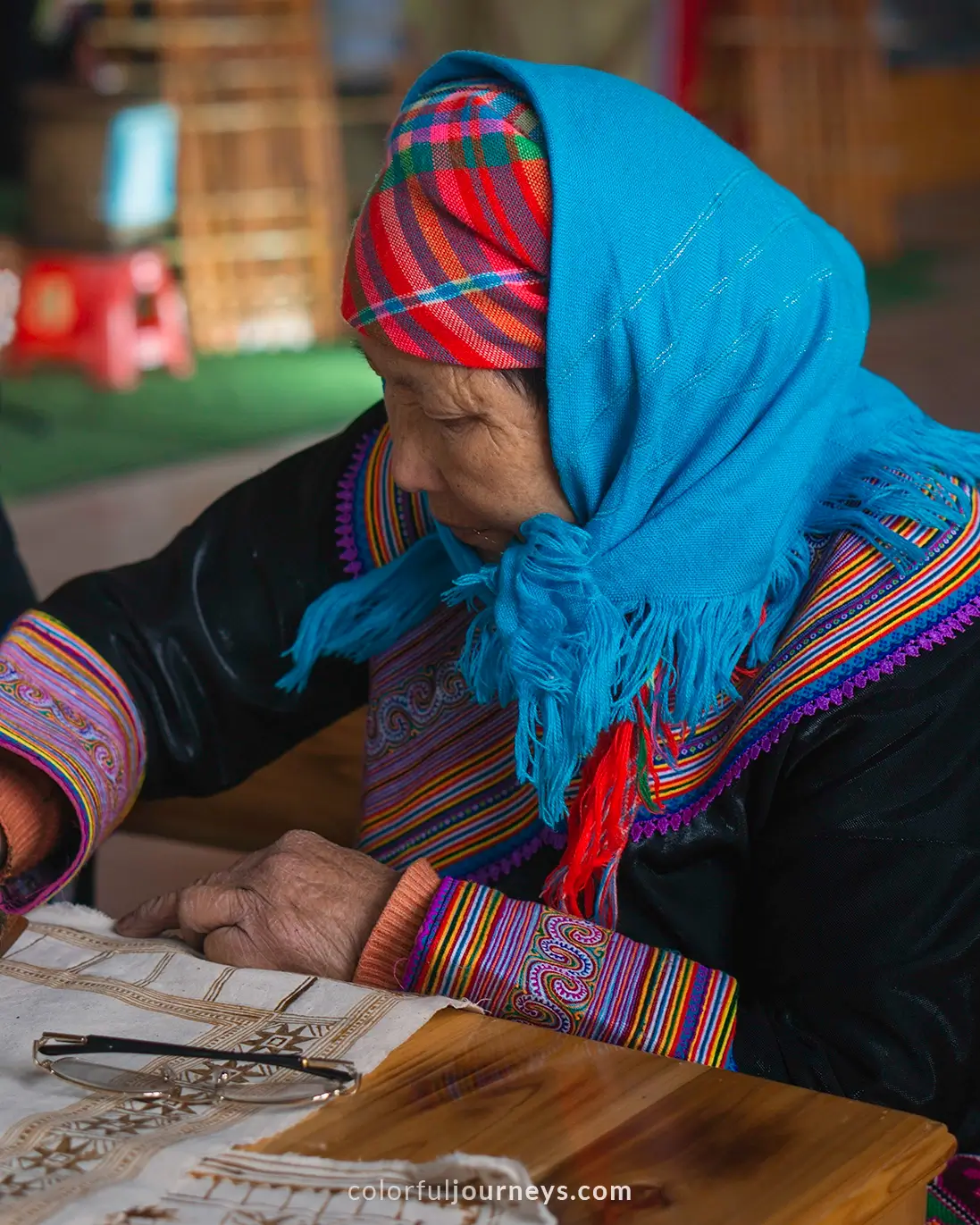
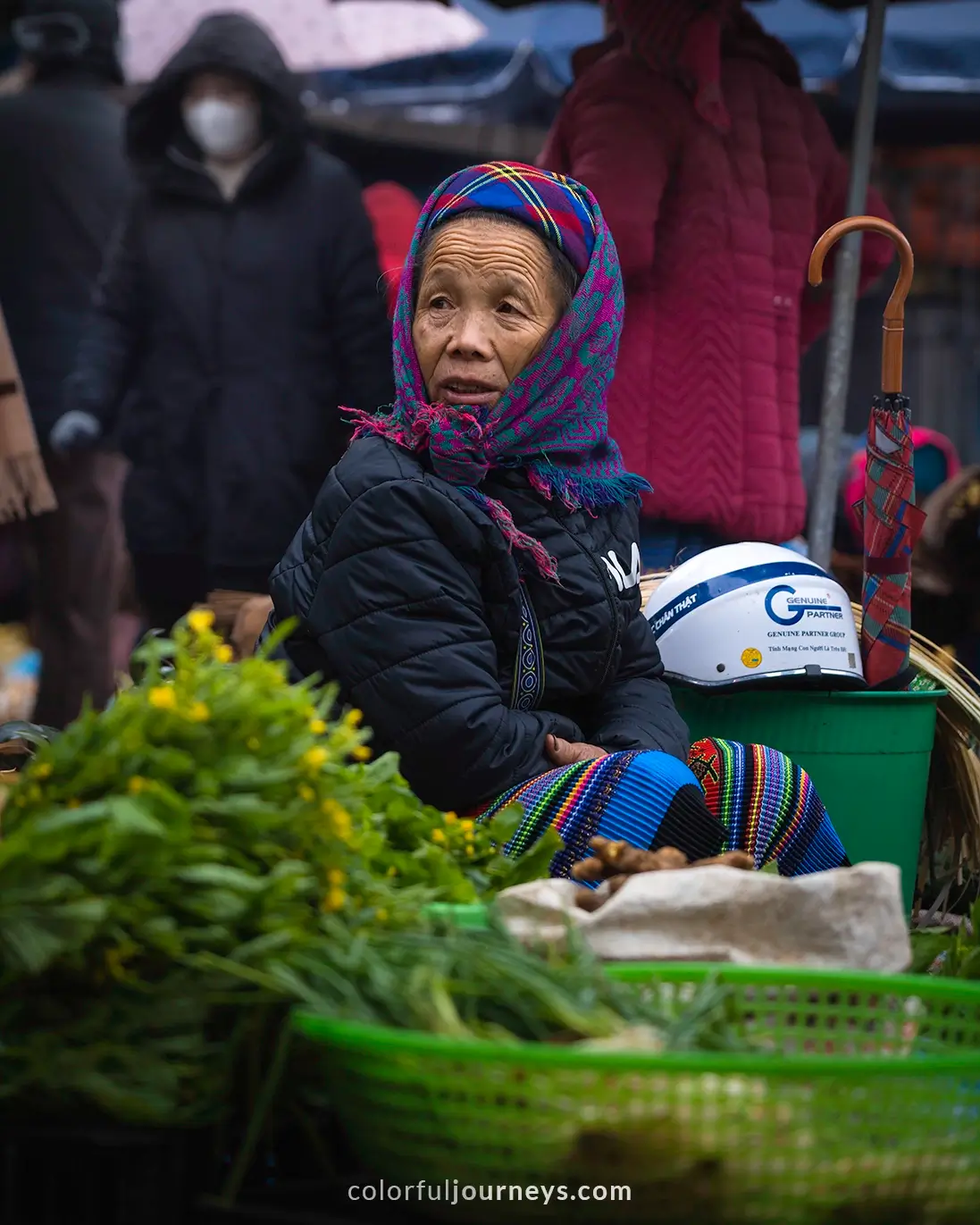
.jpg)
.jpg)
.webp)
.webp)
.webp)